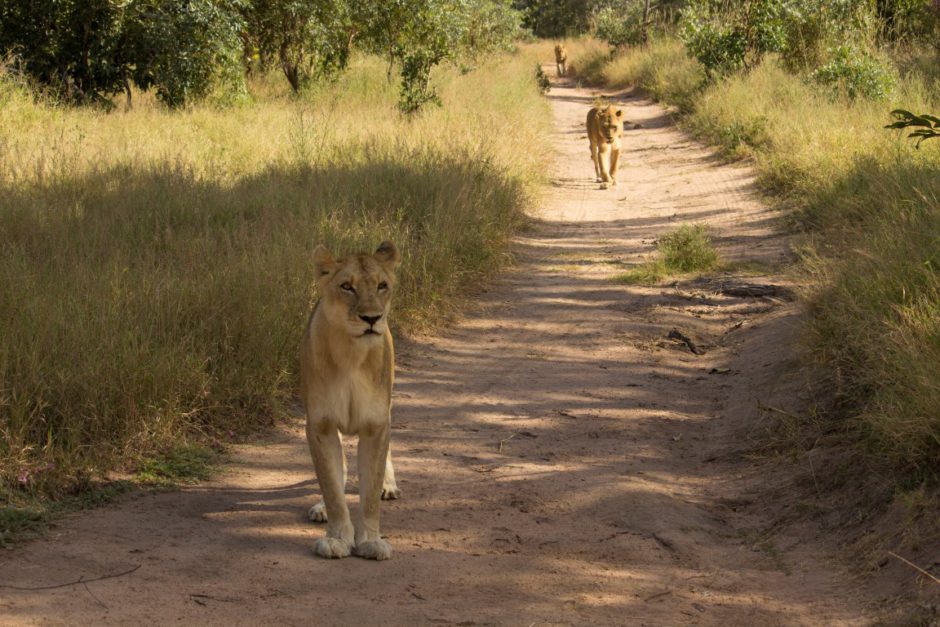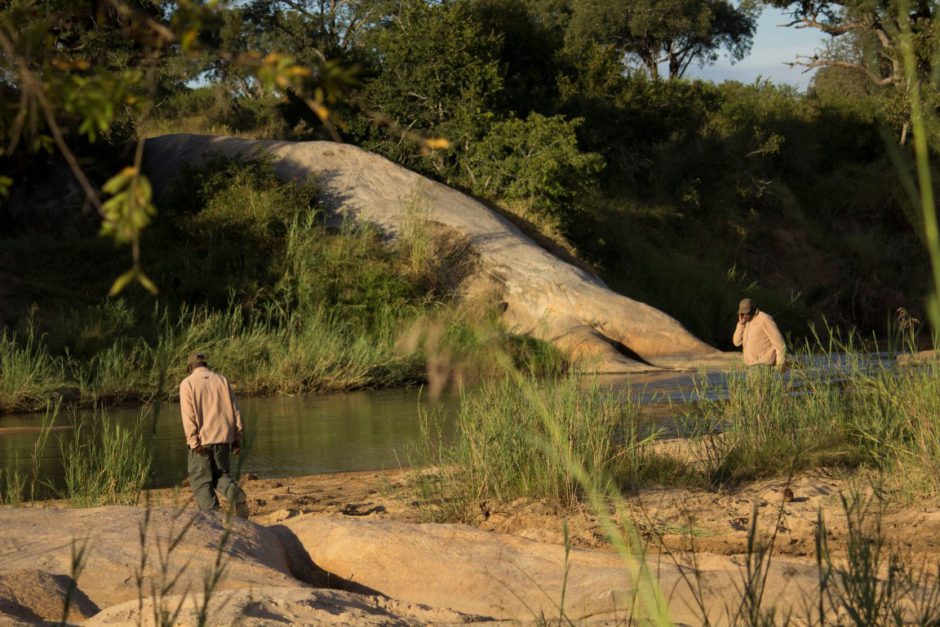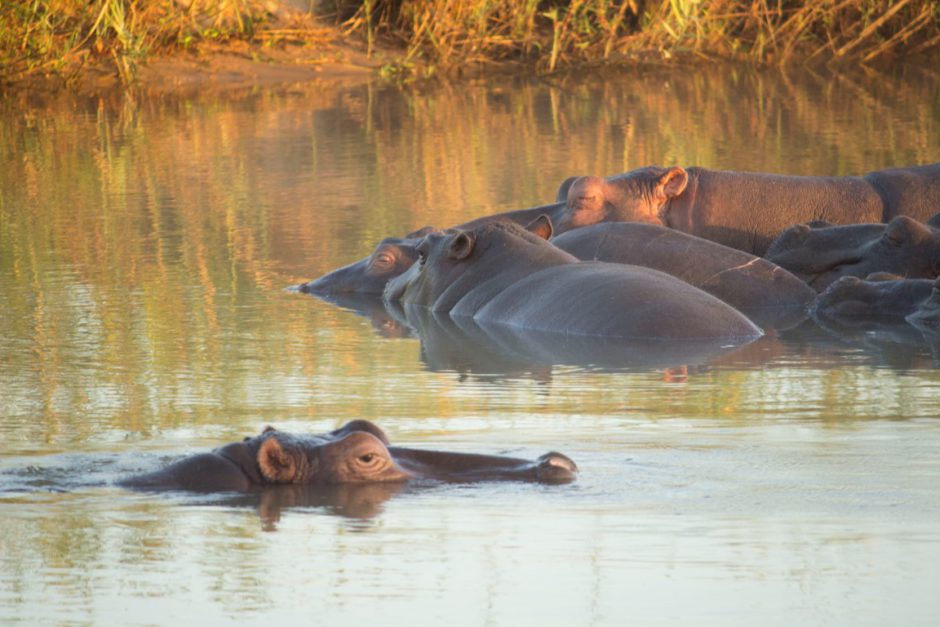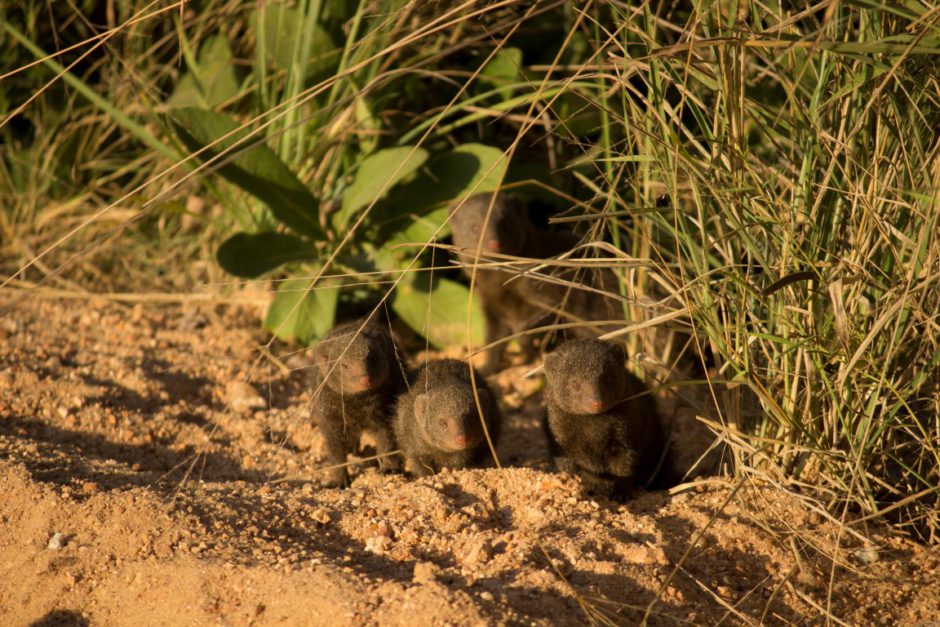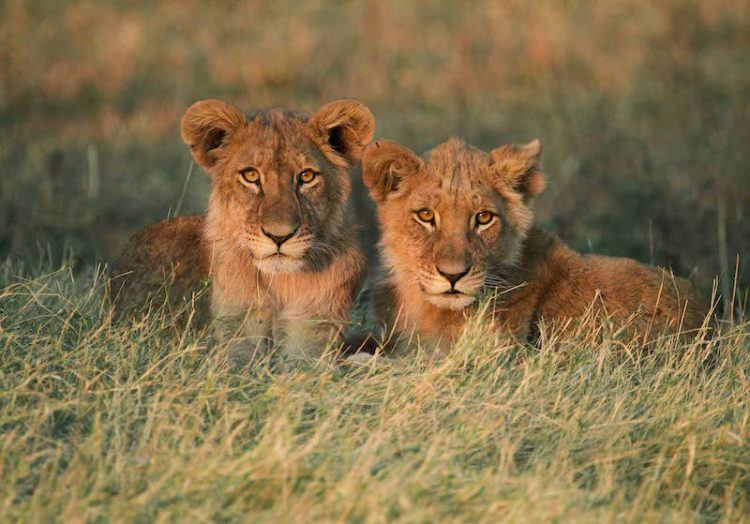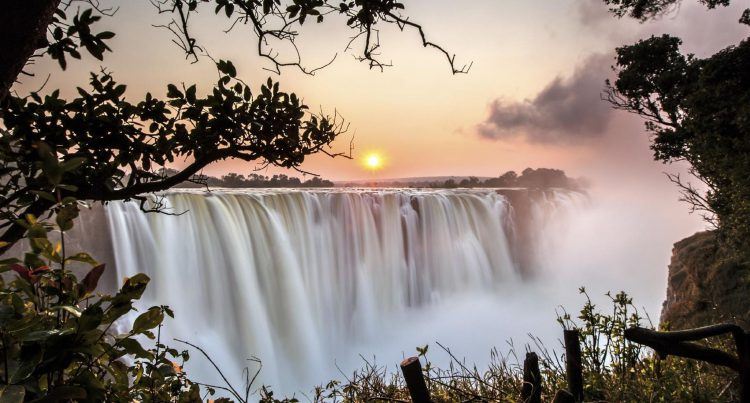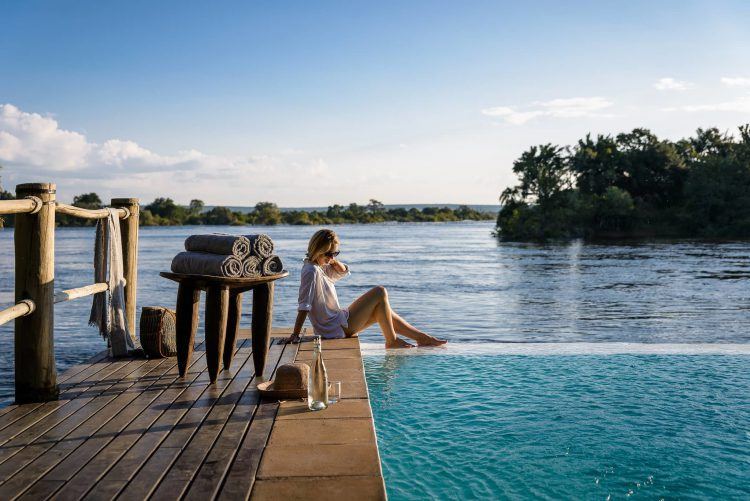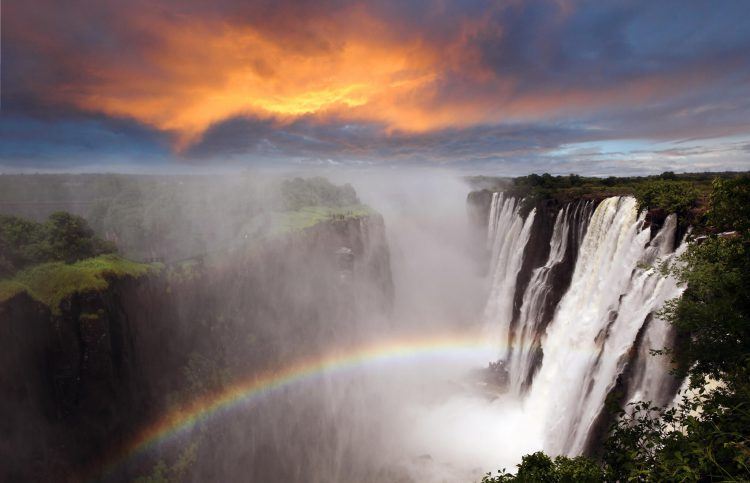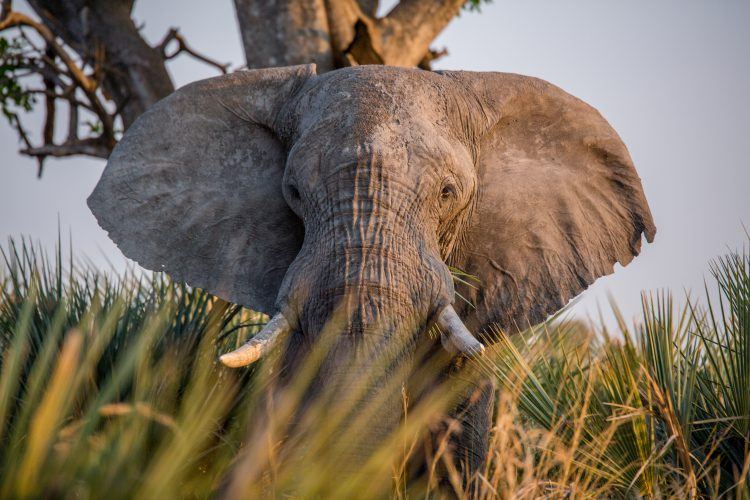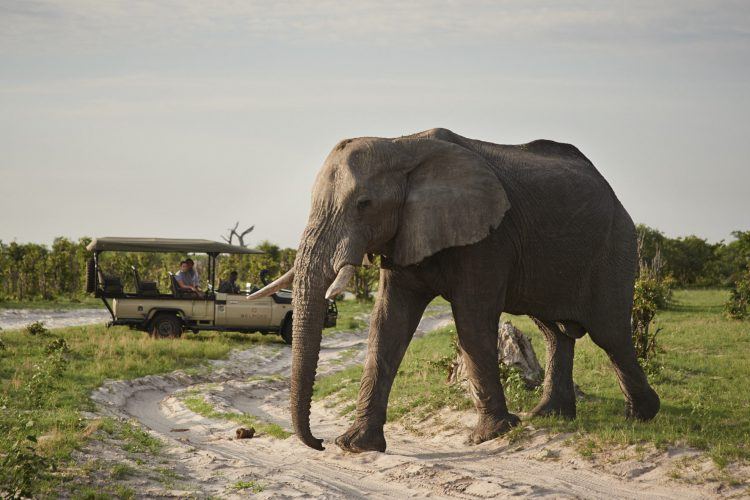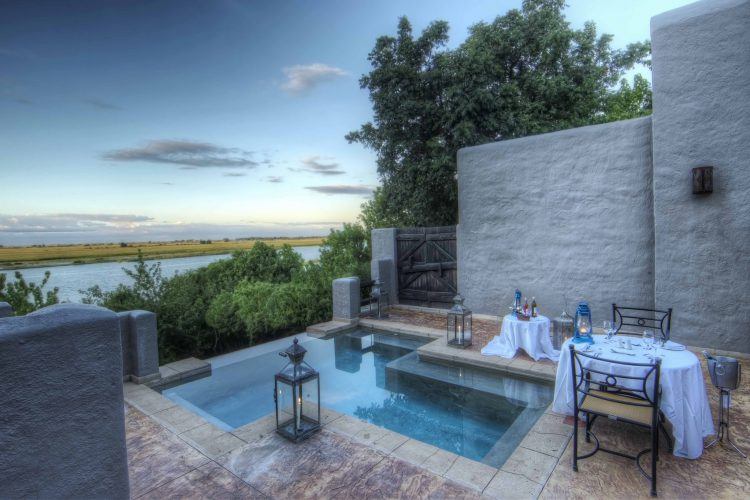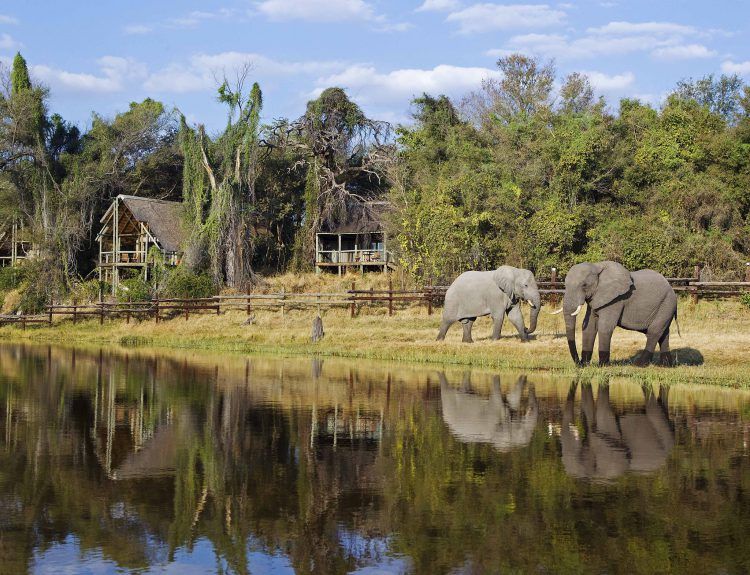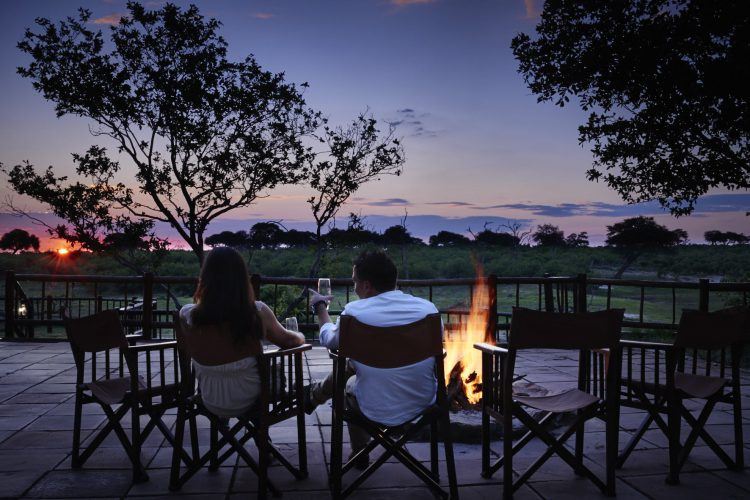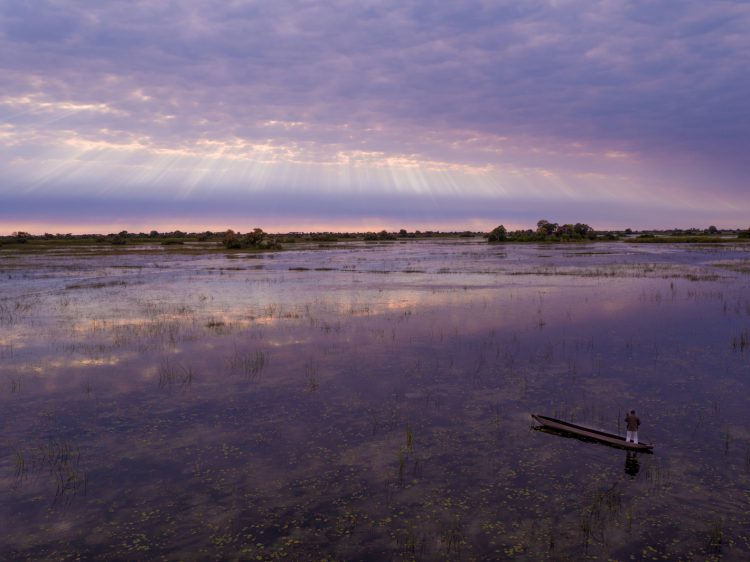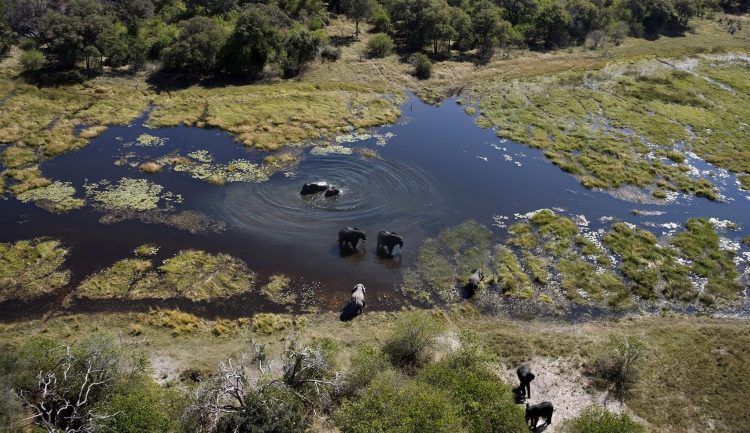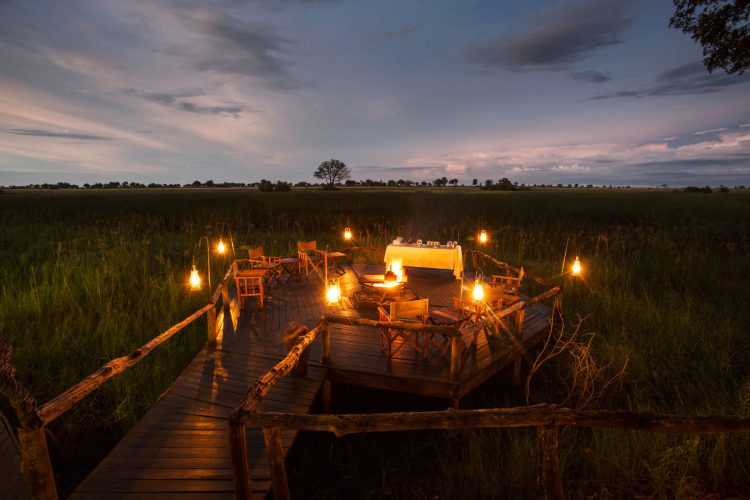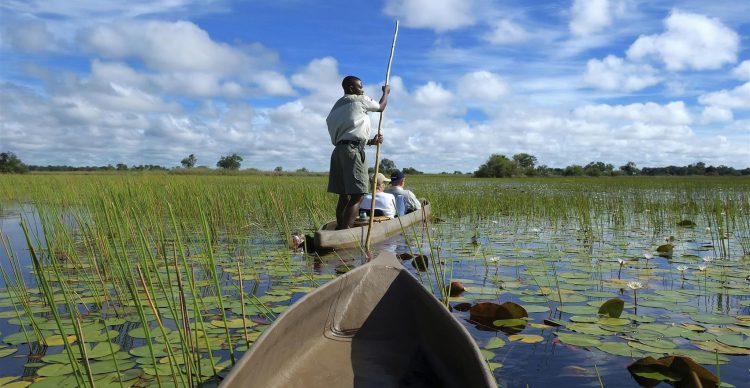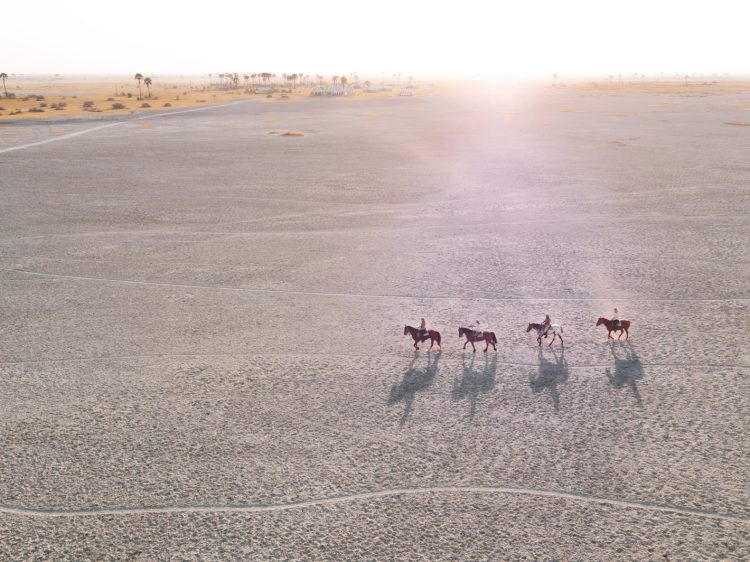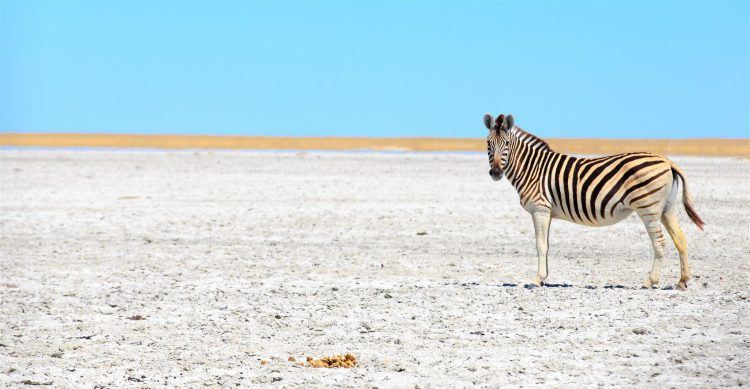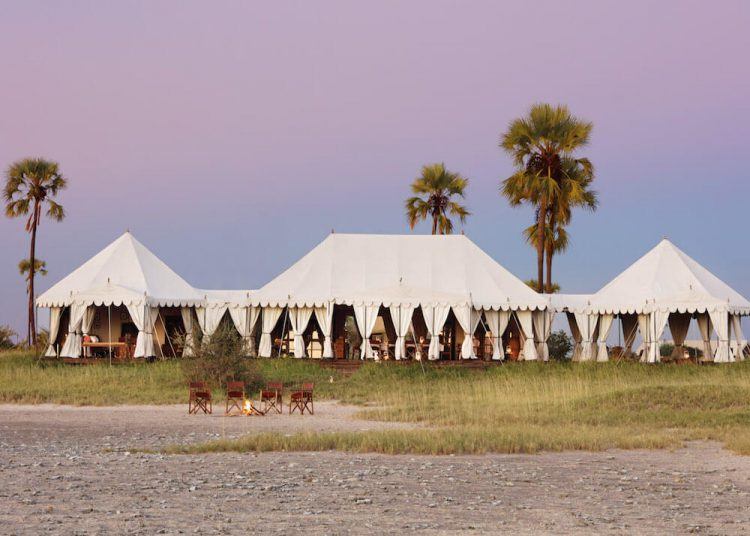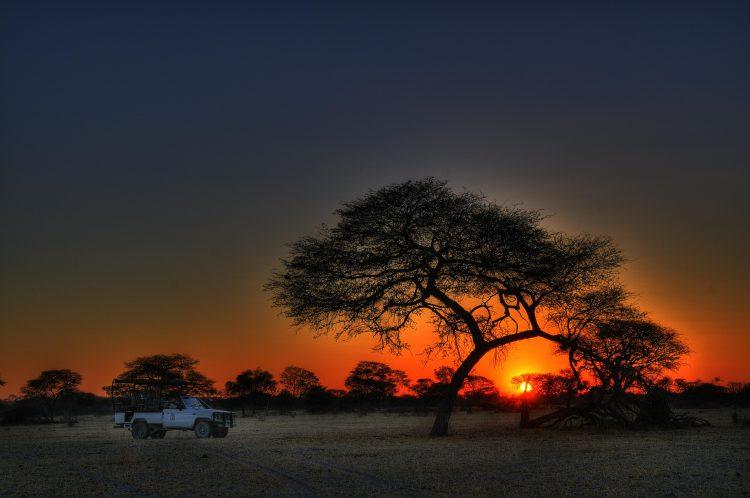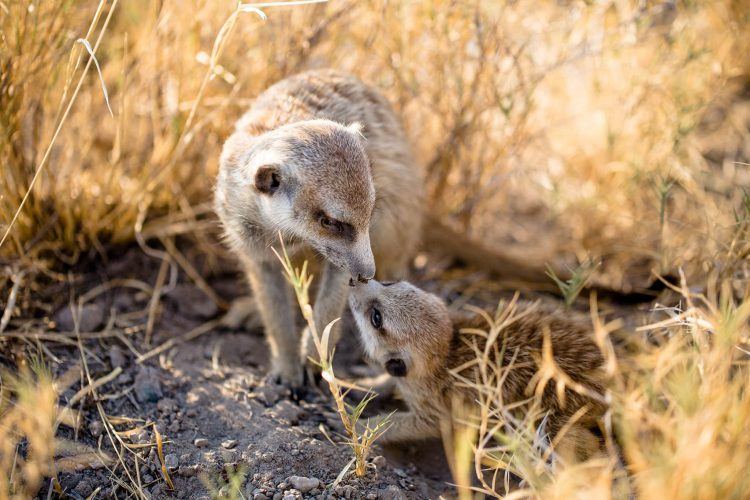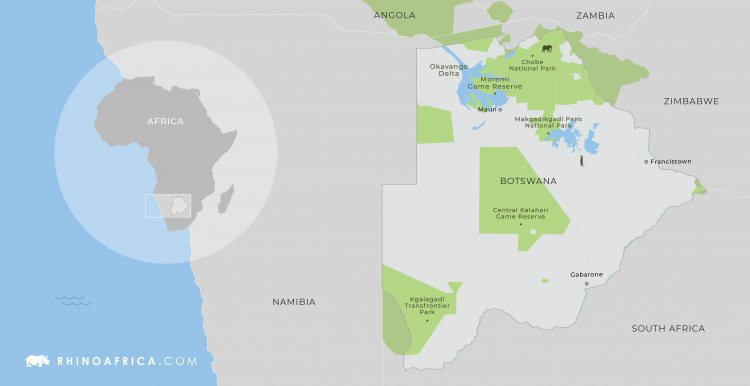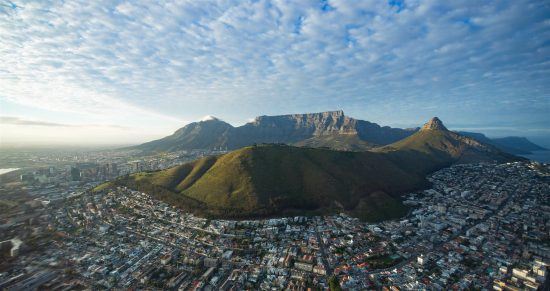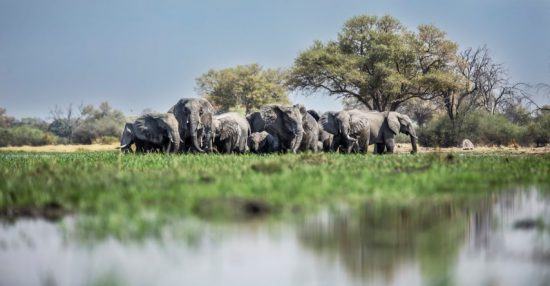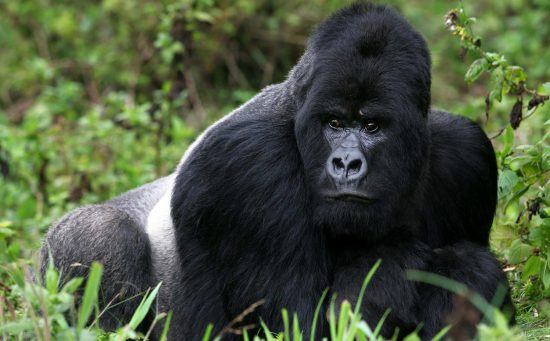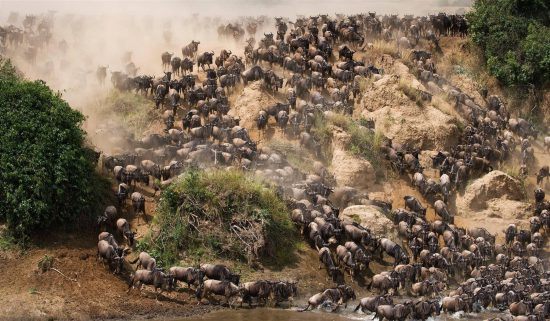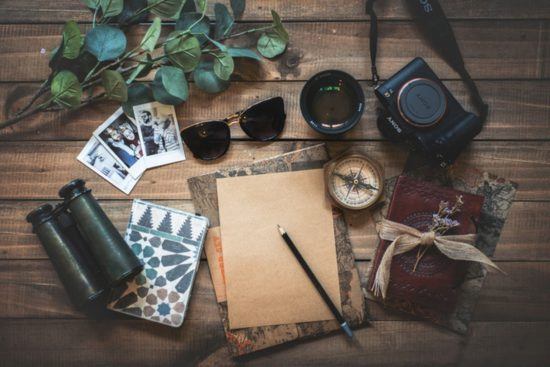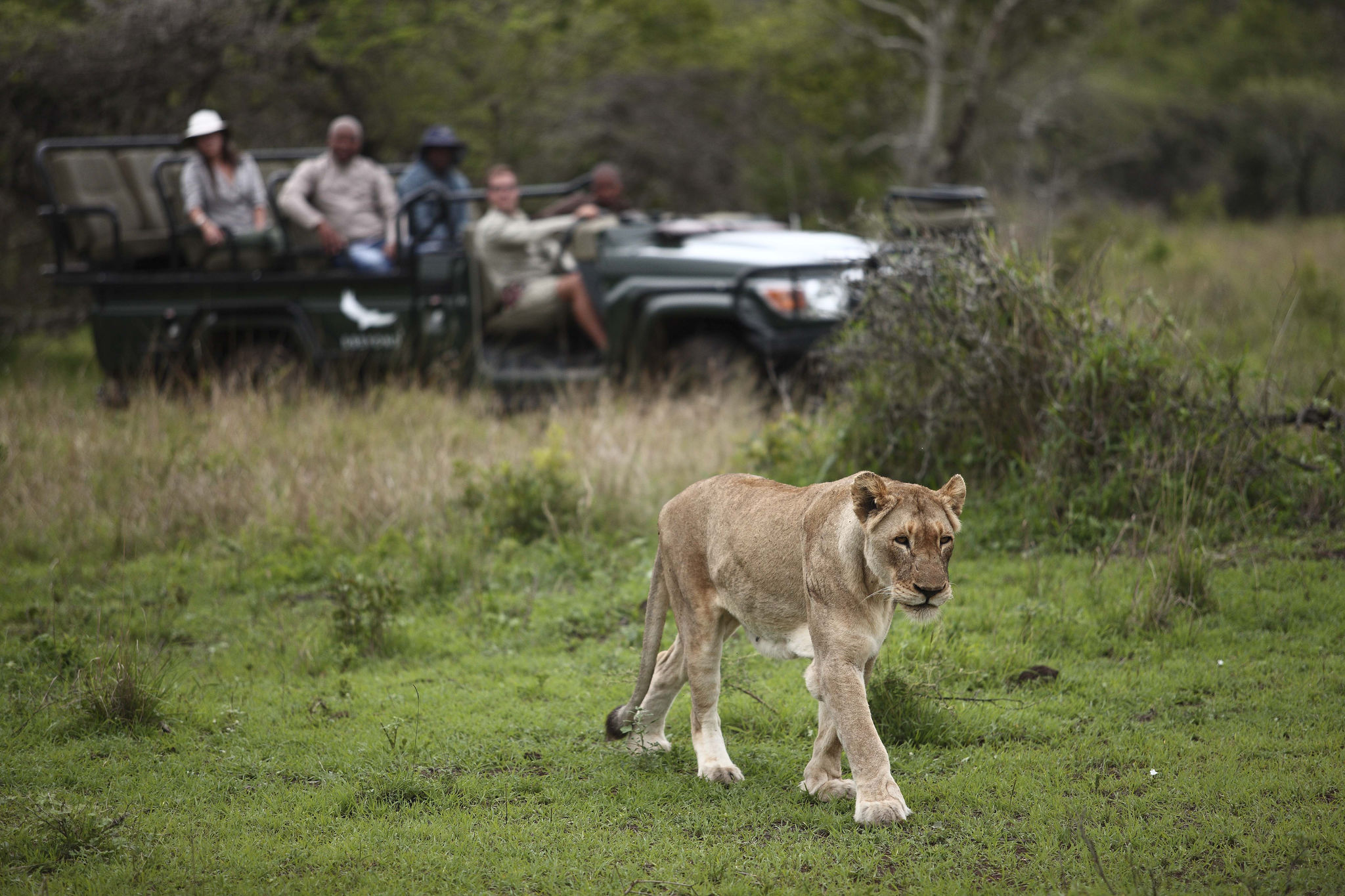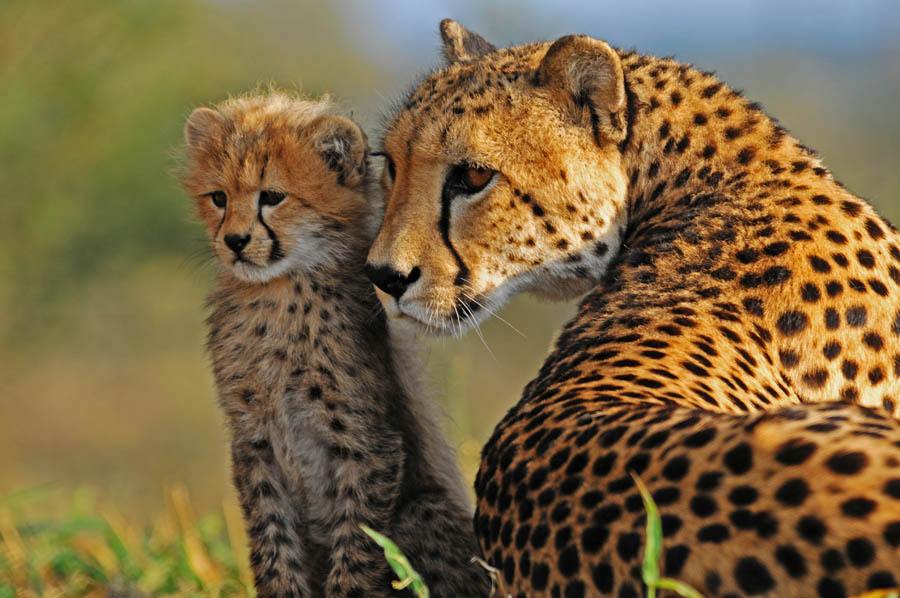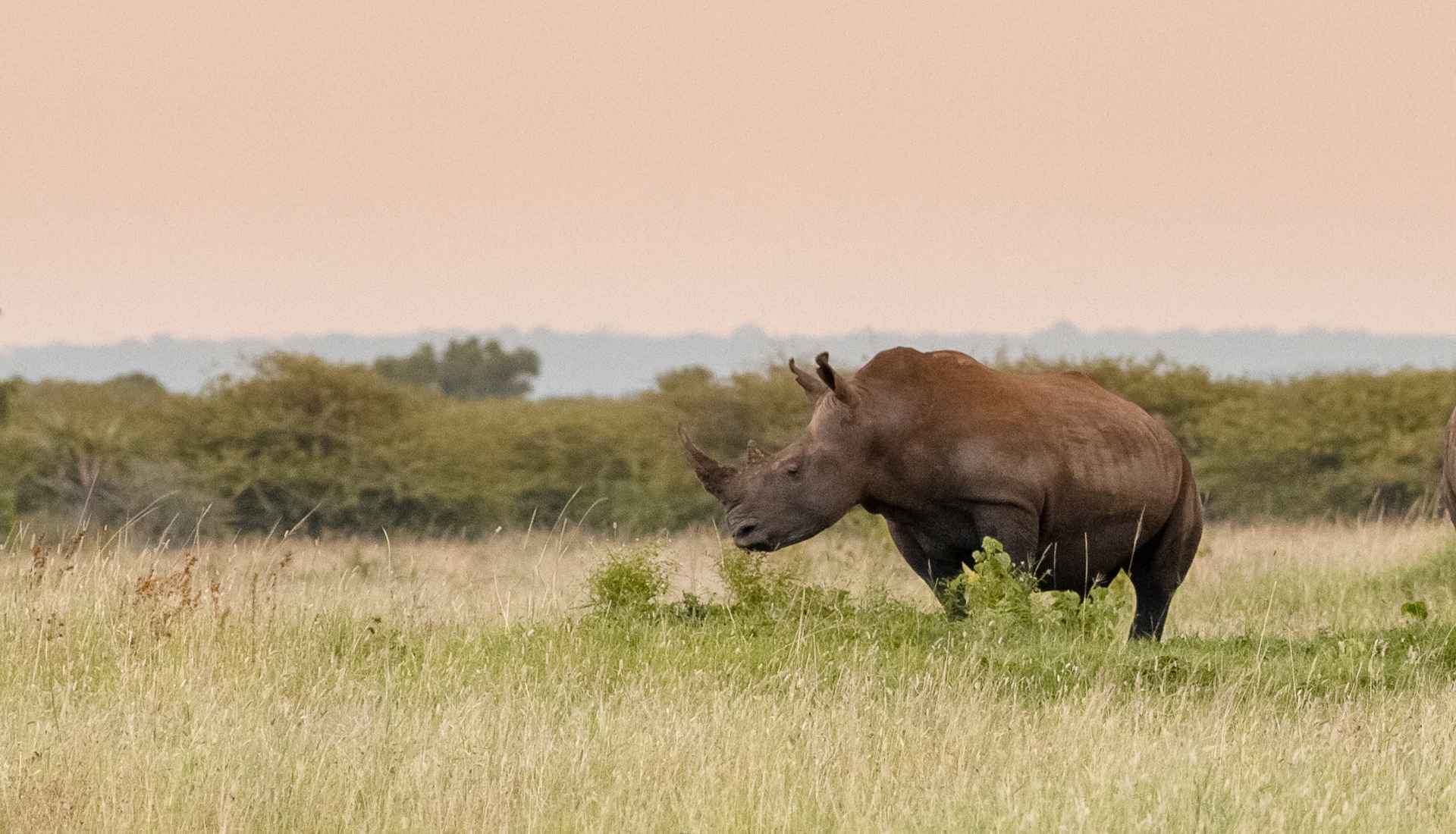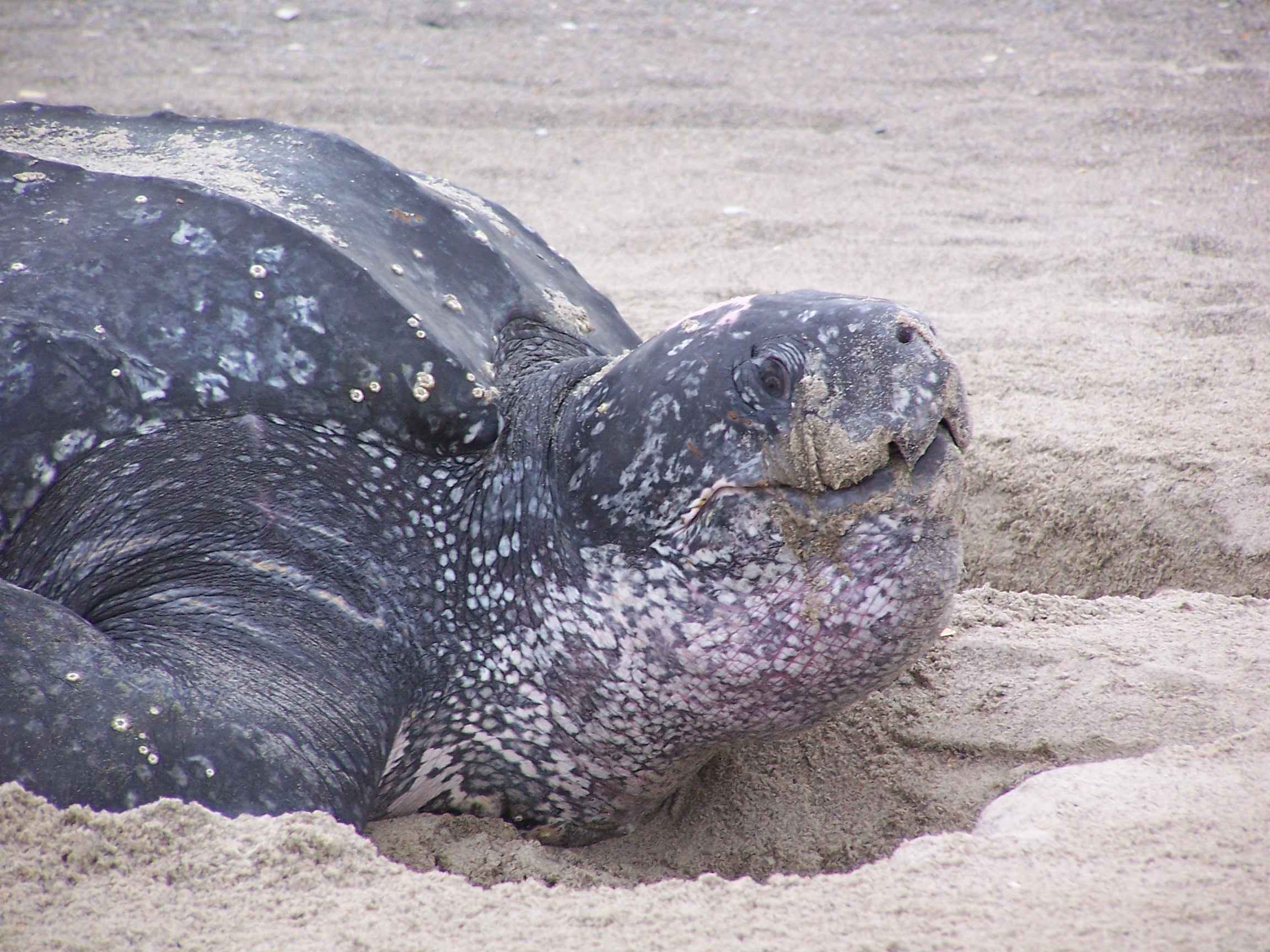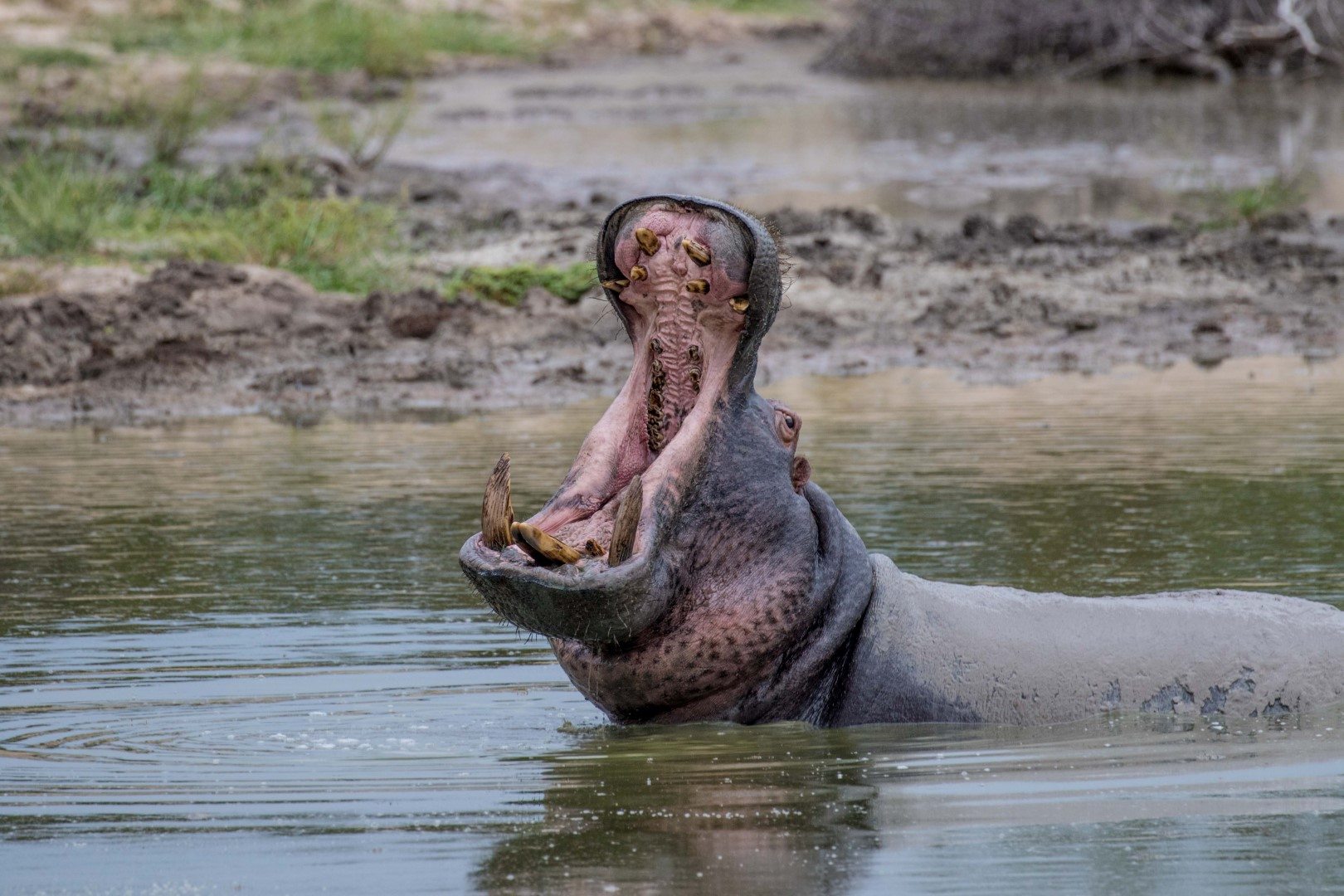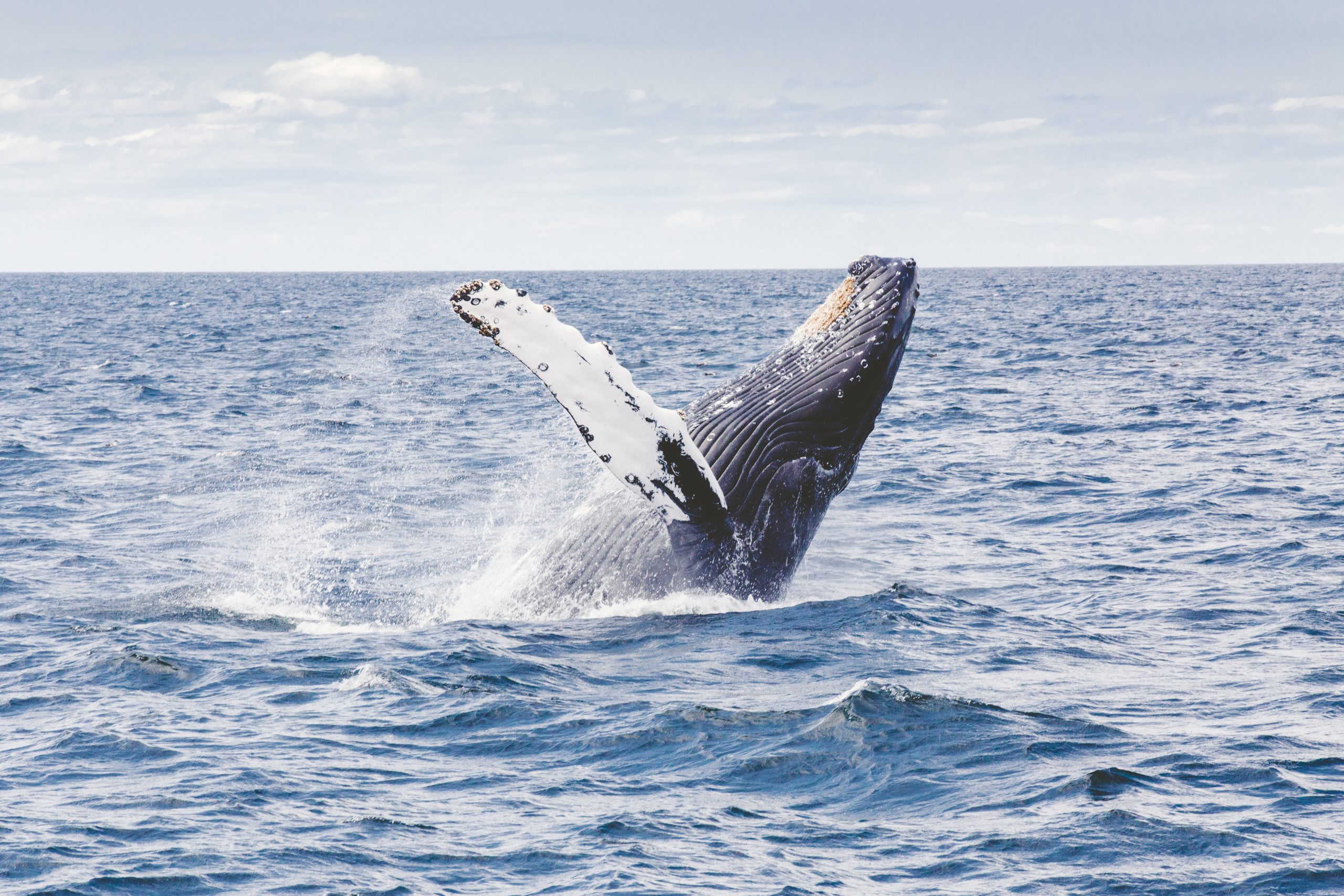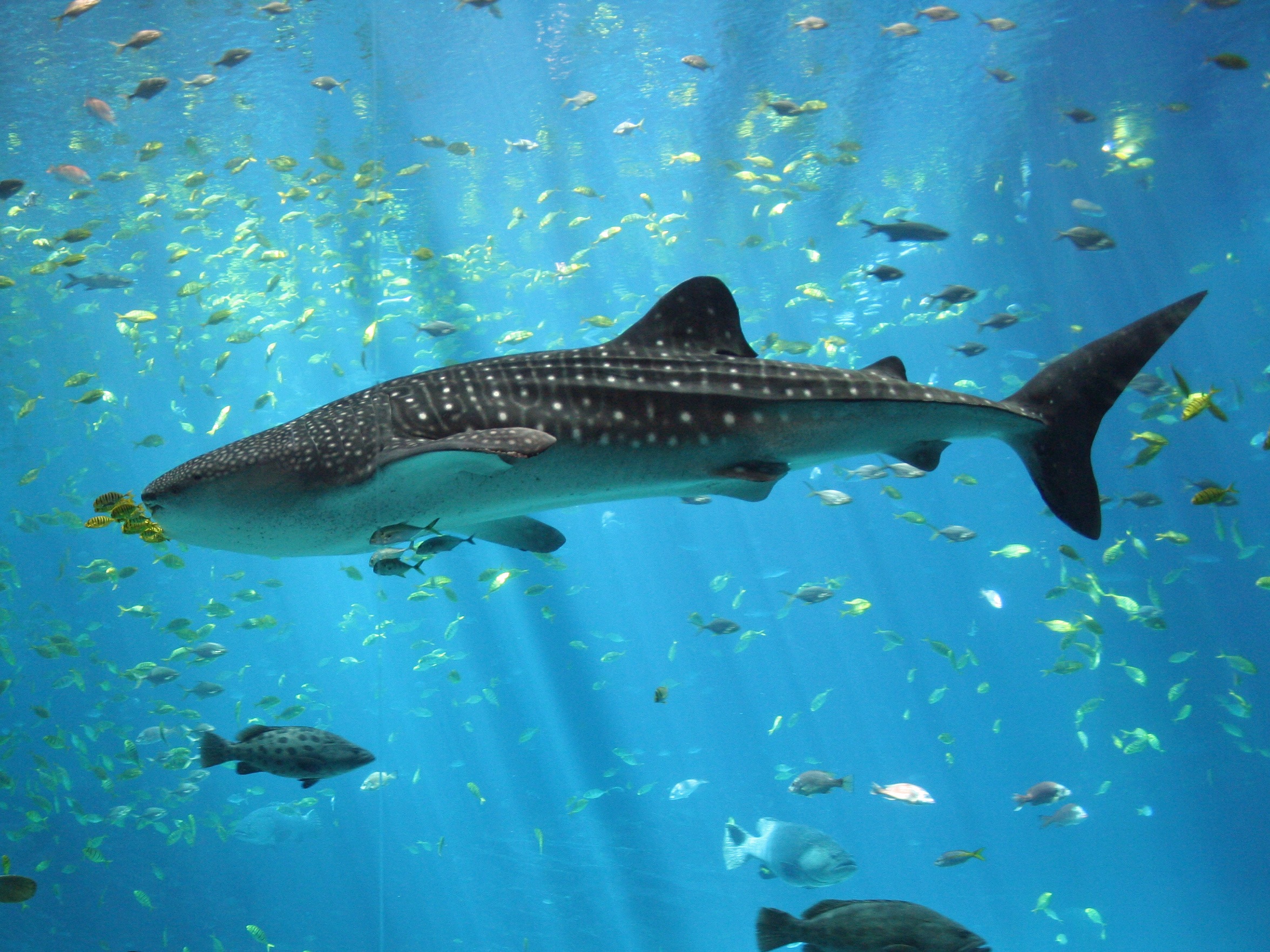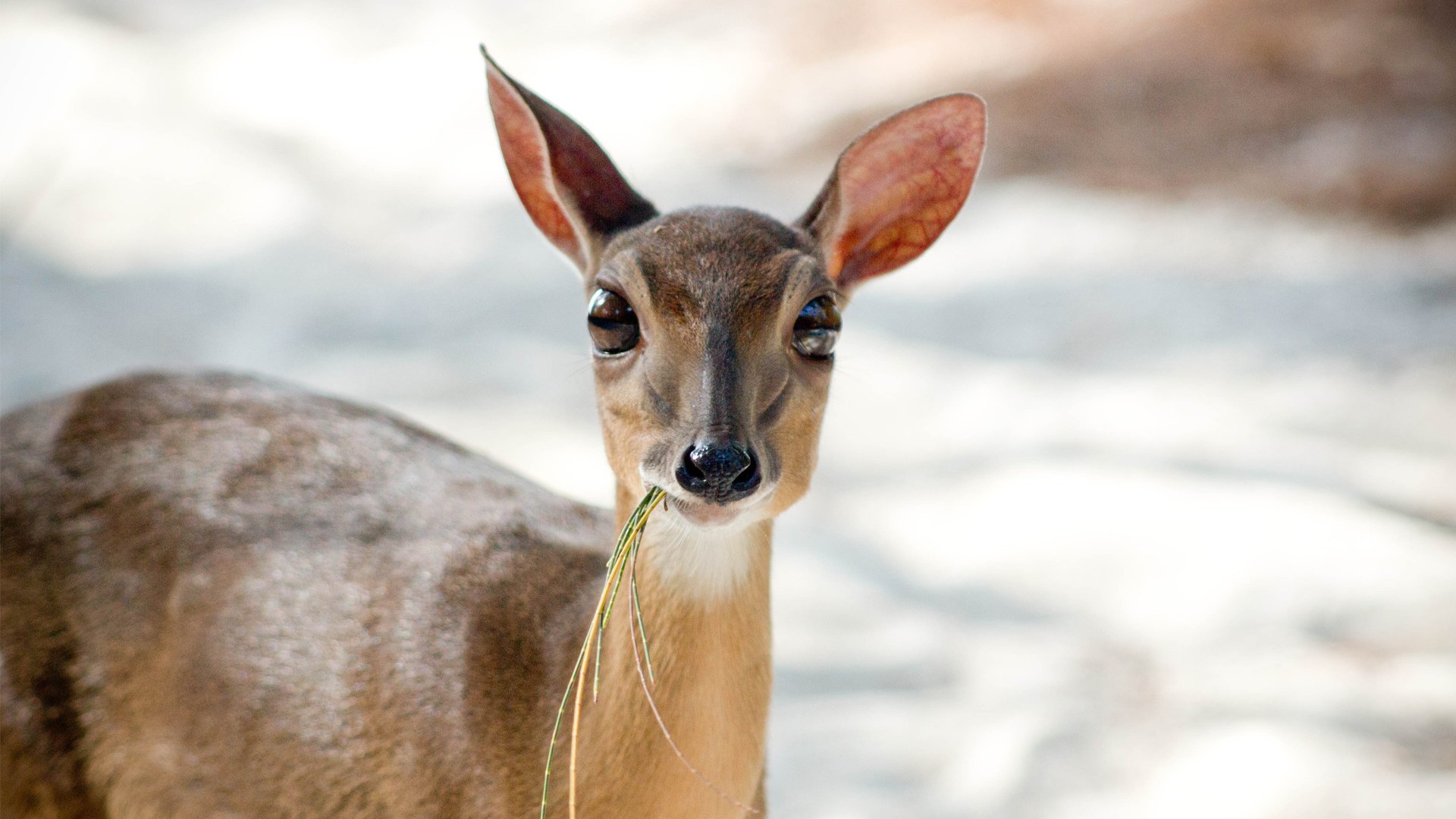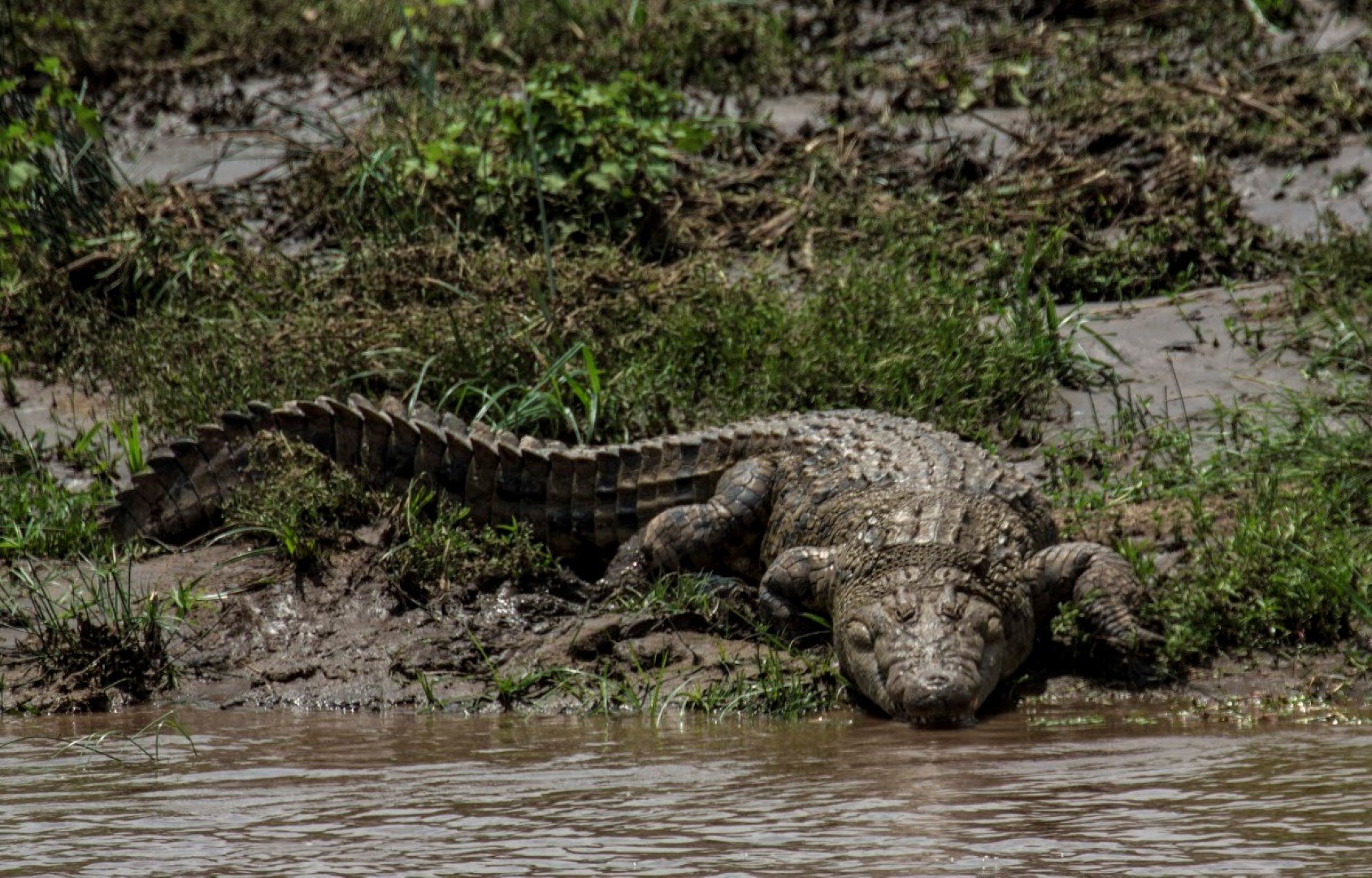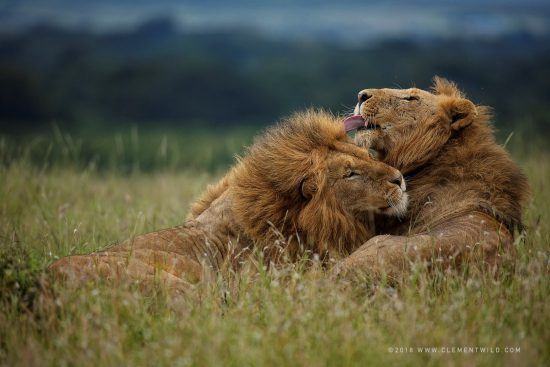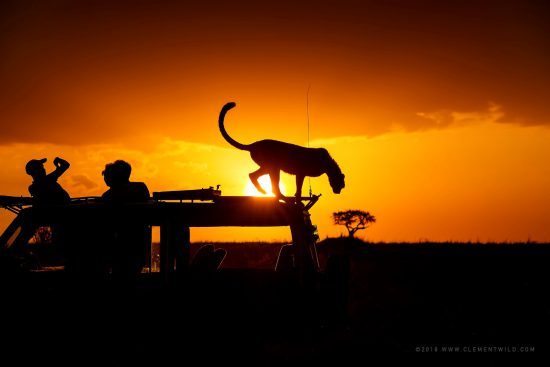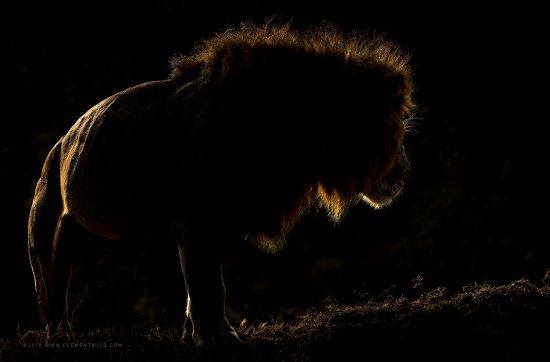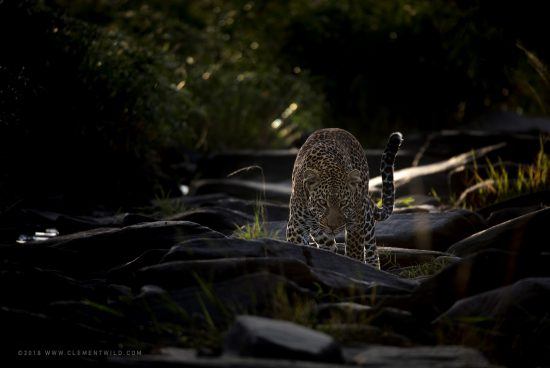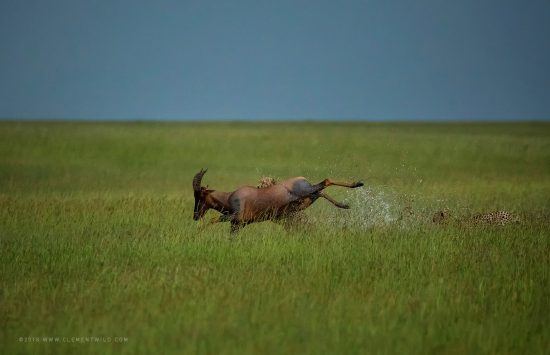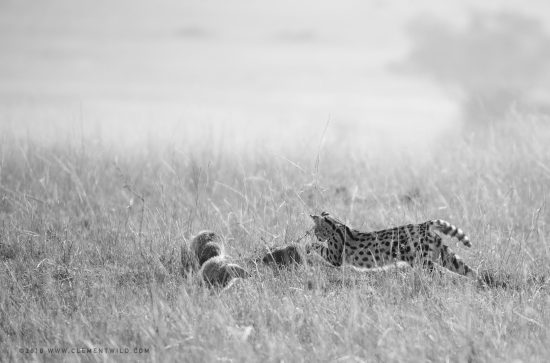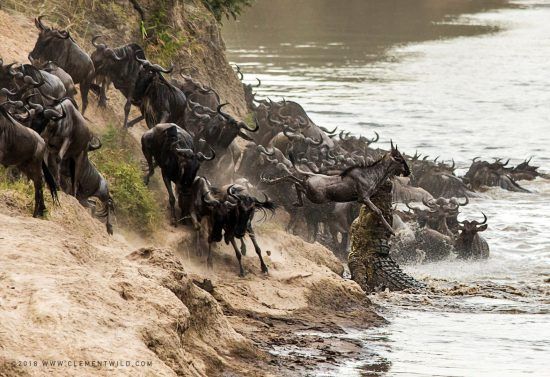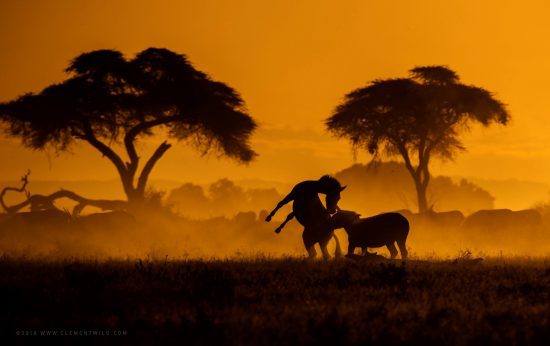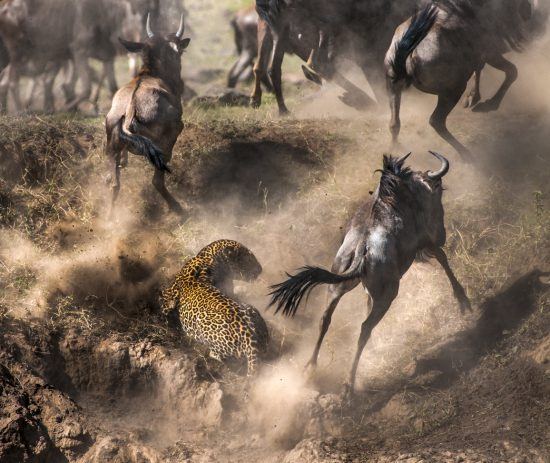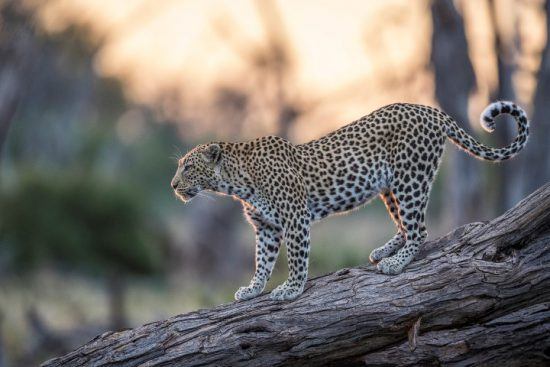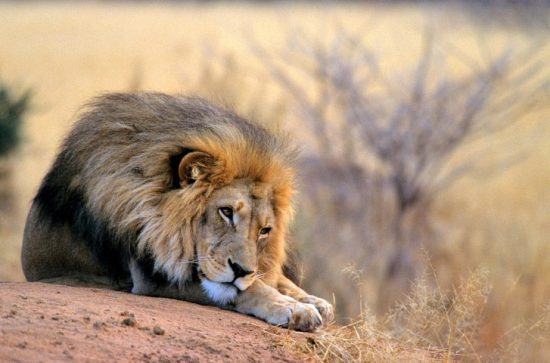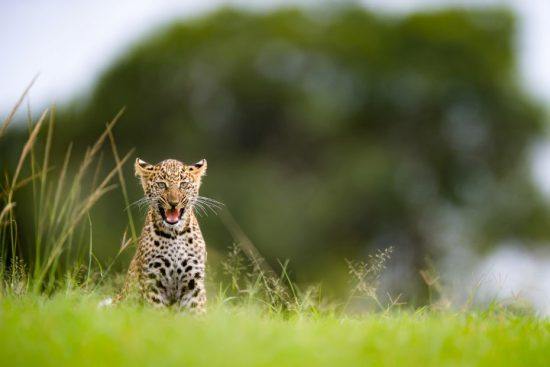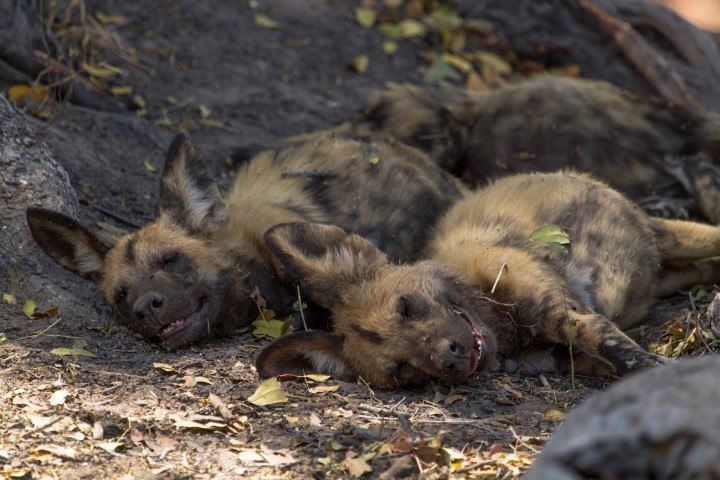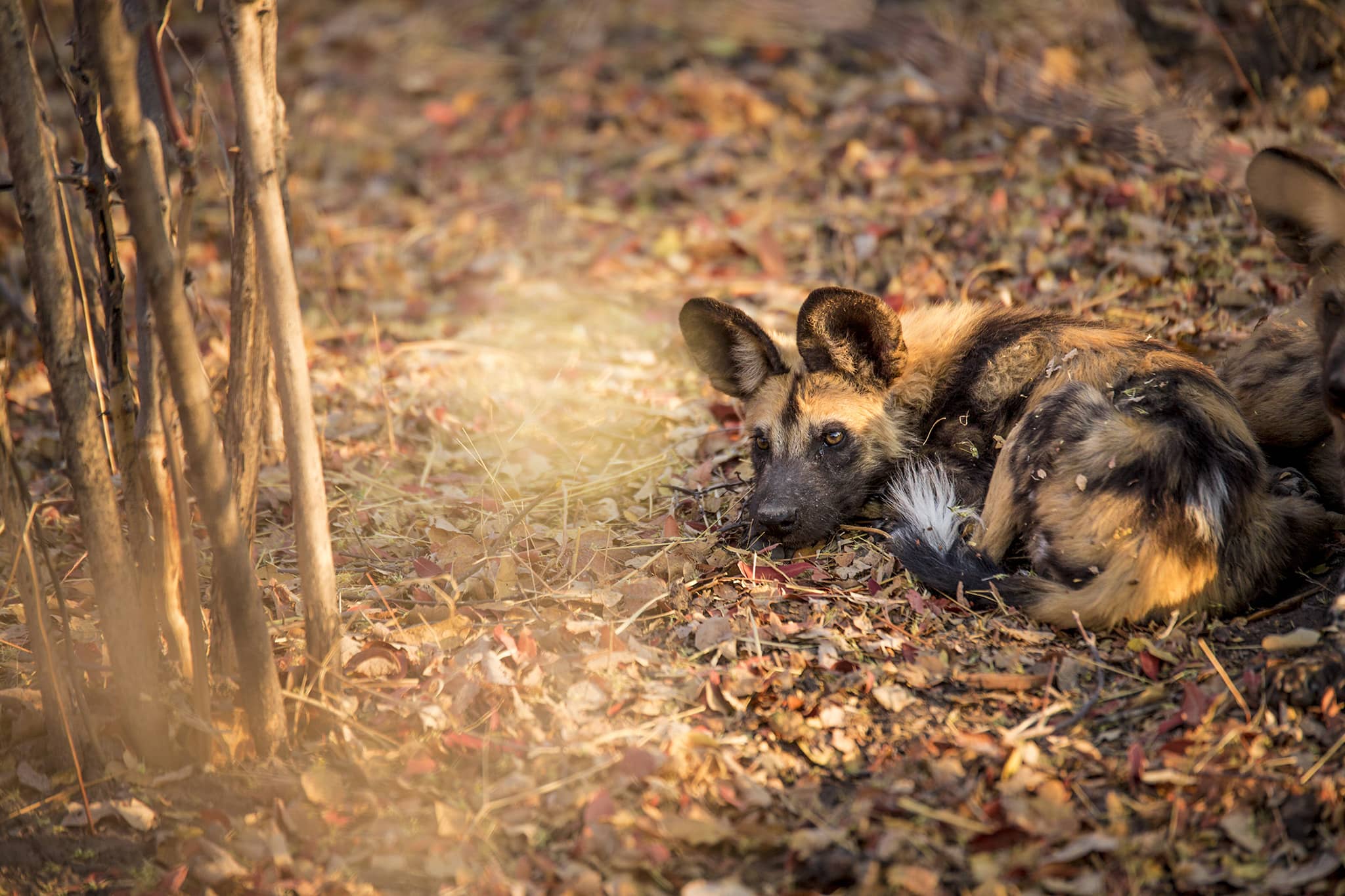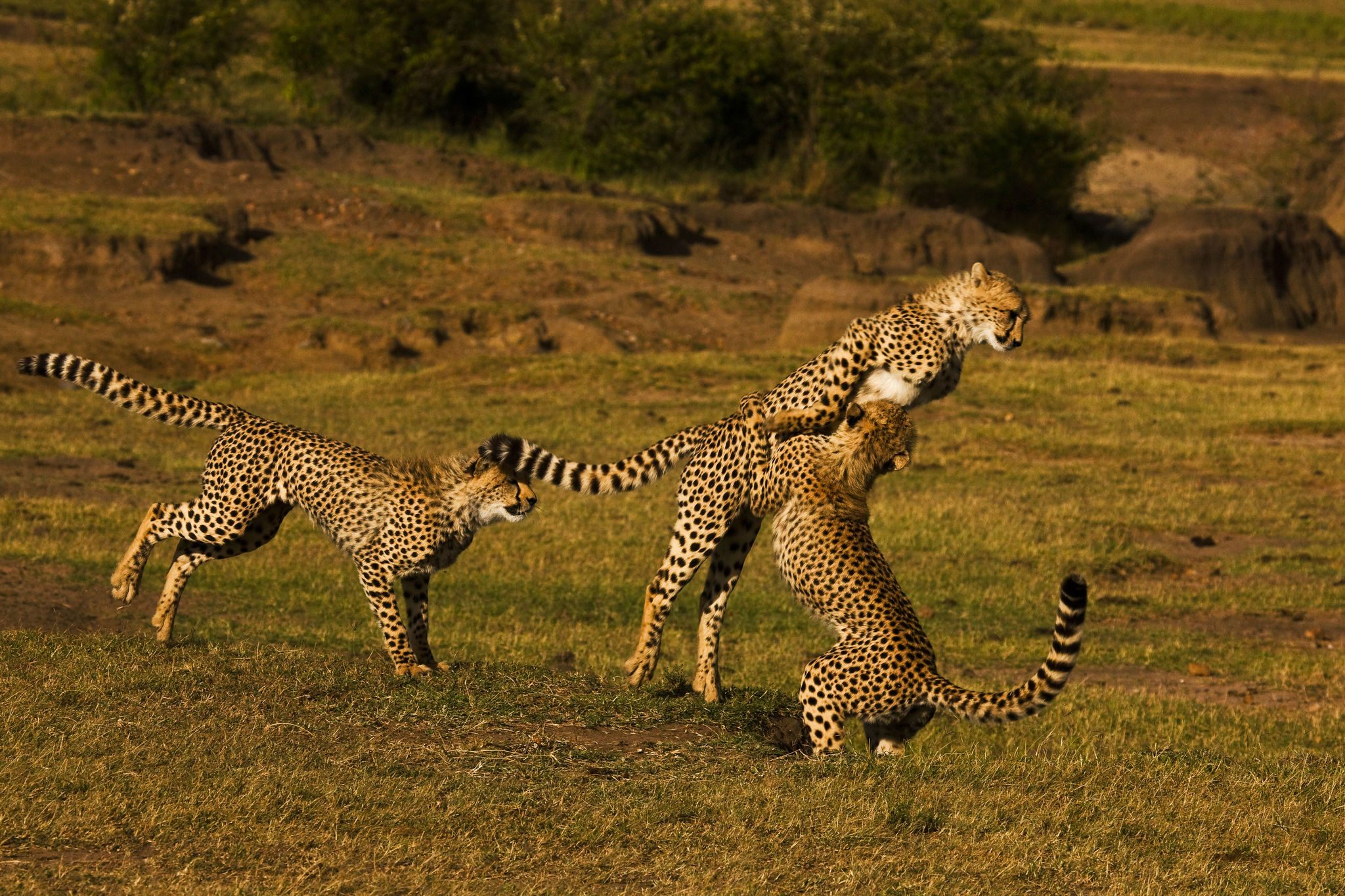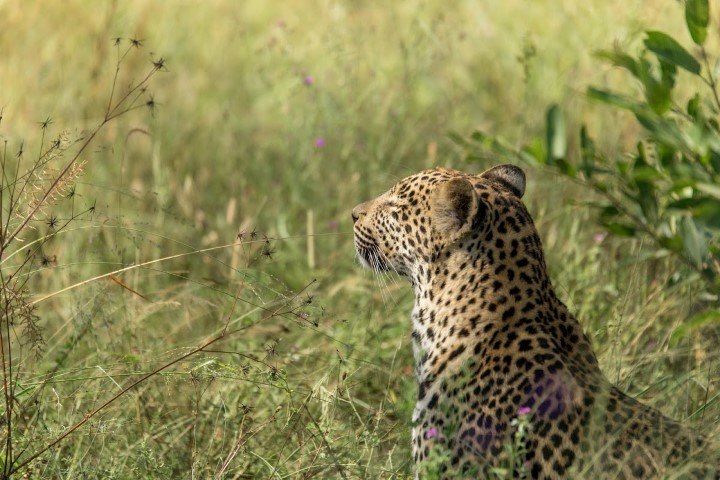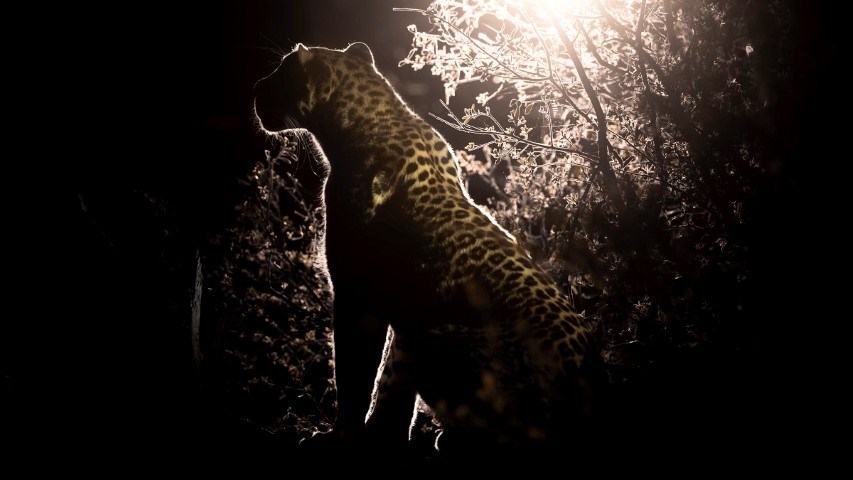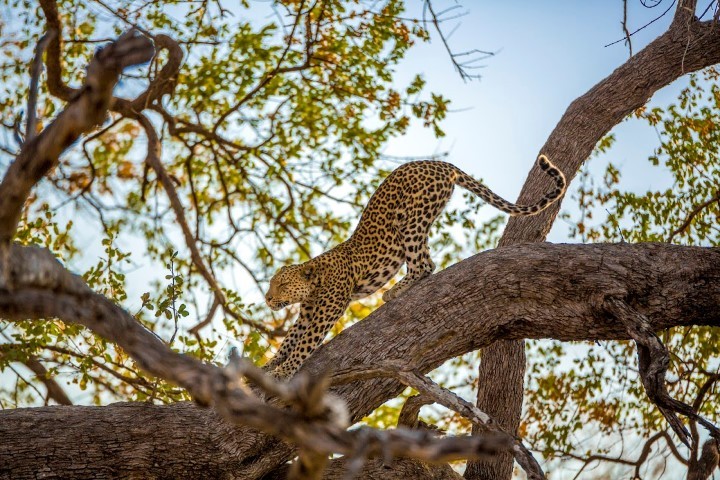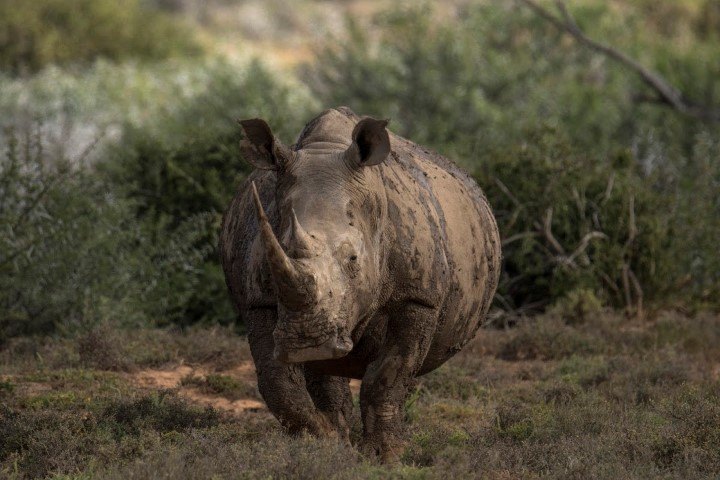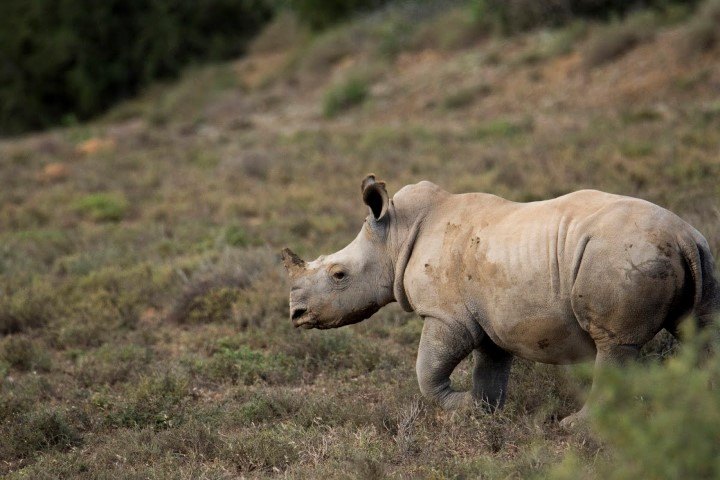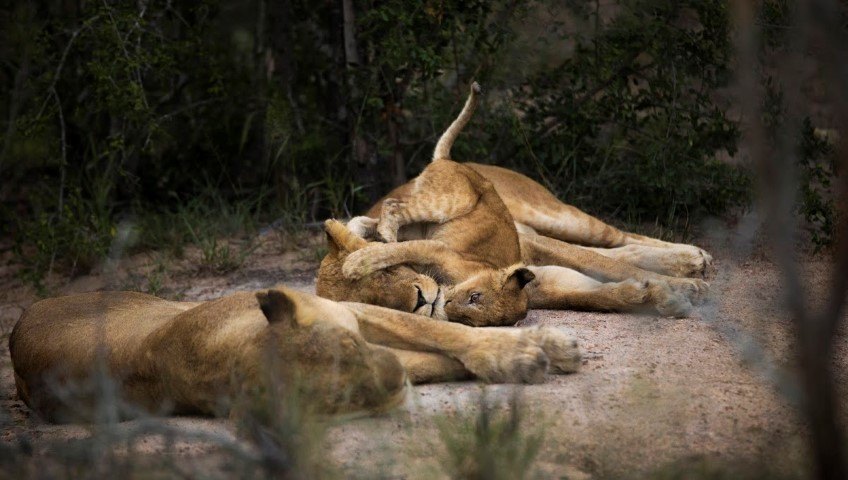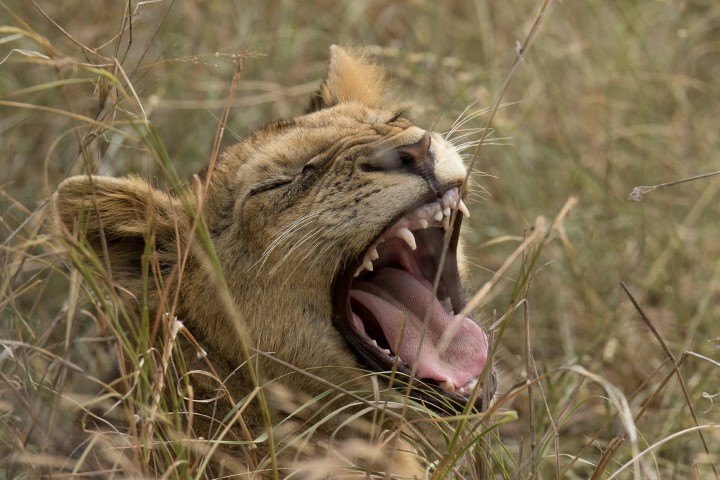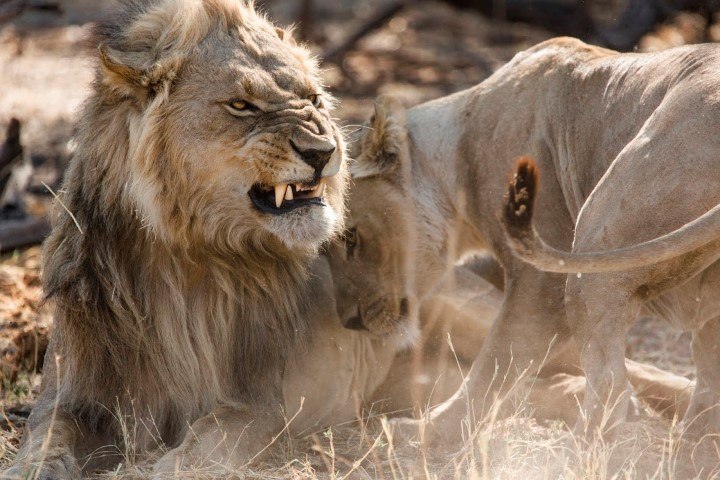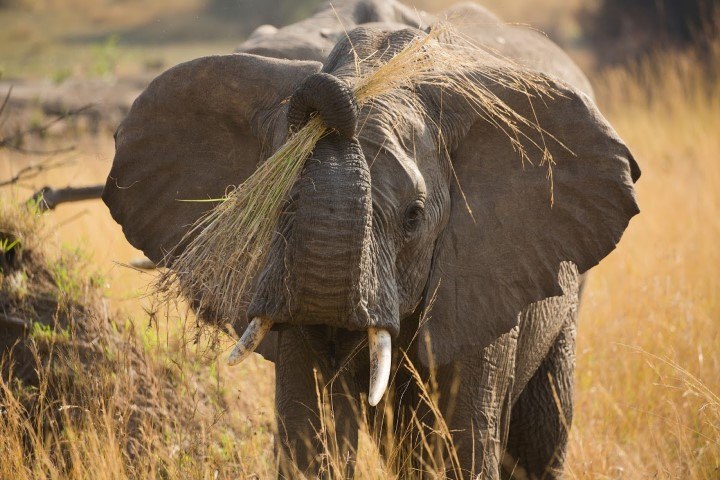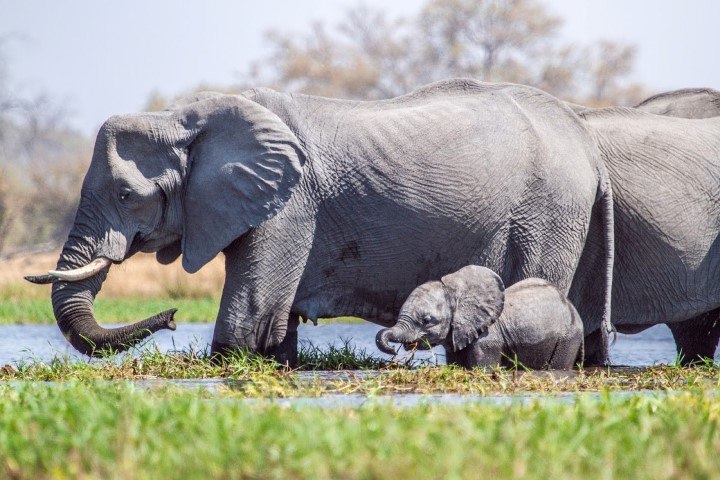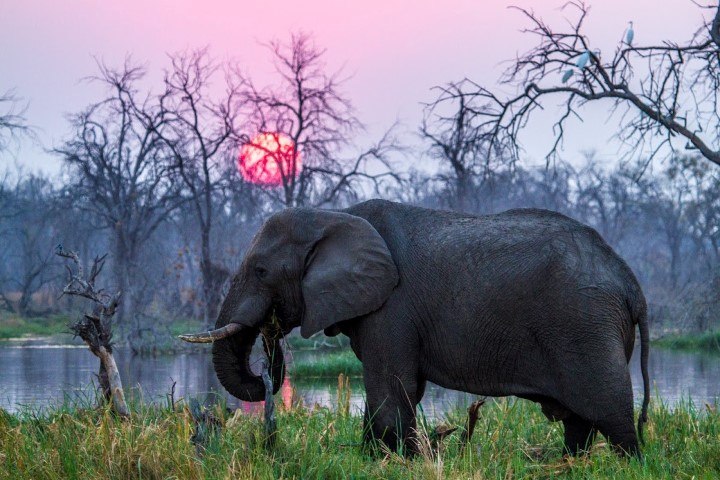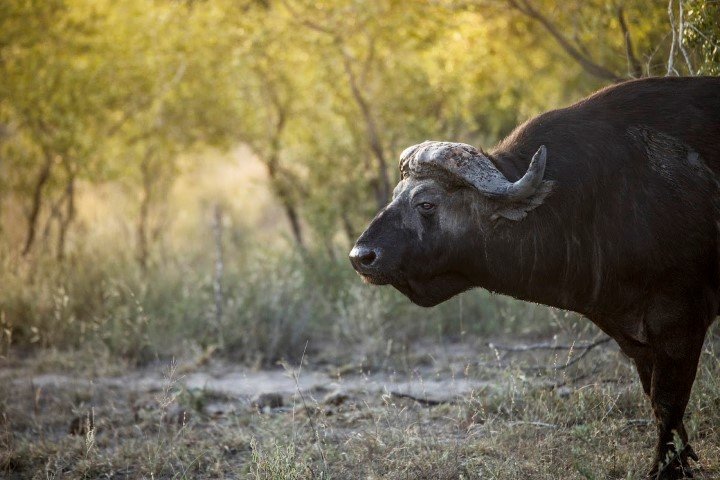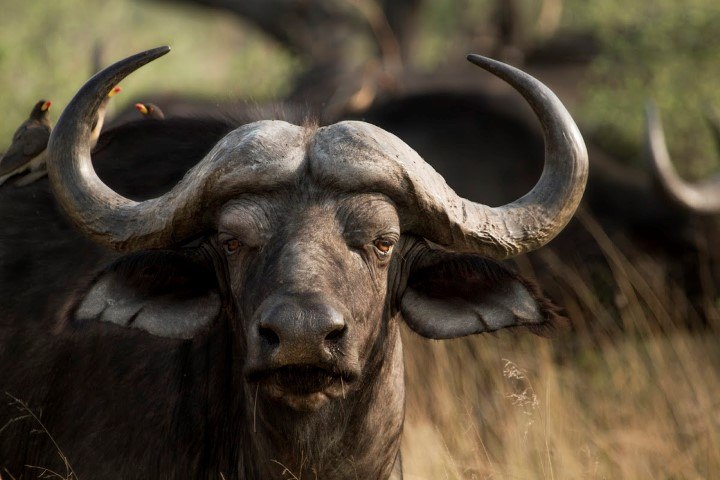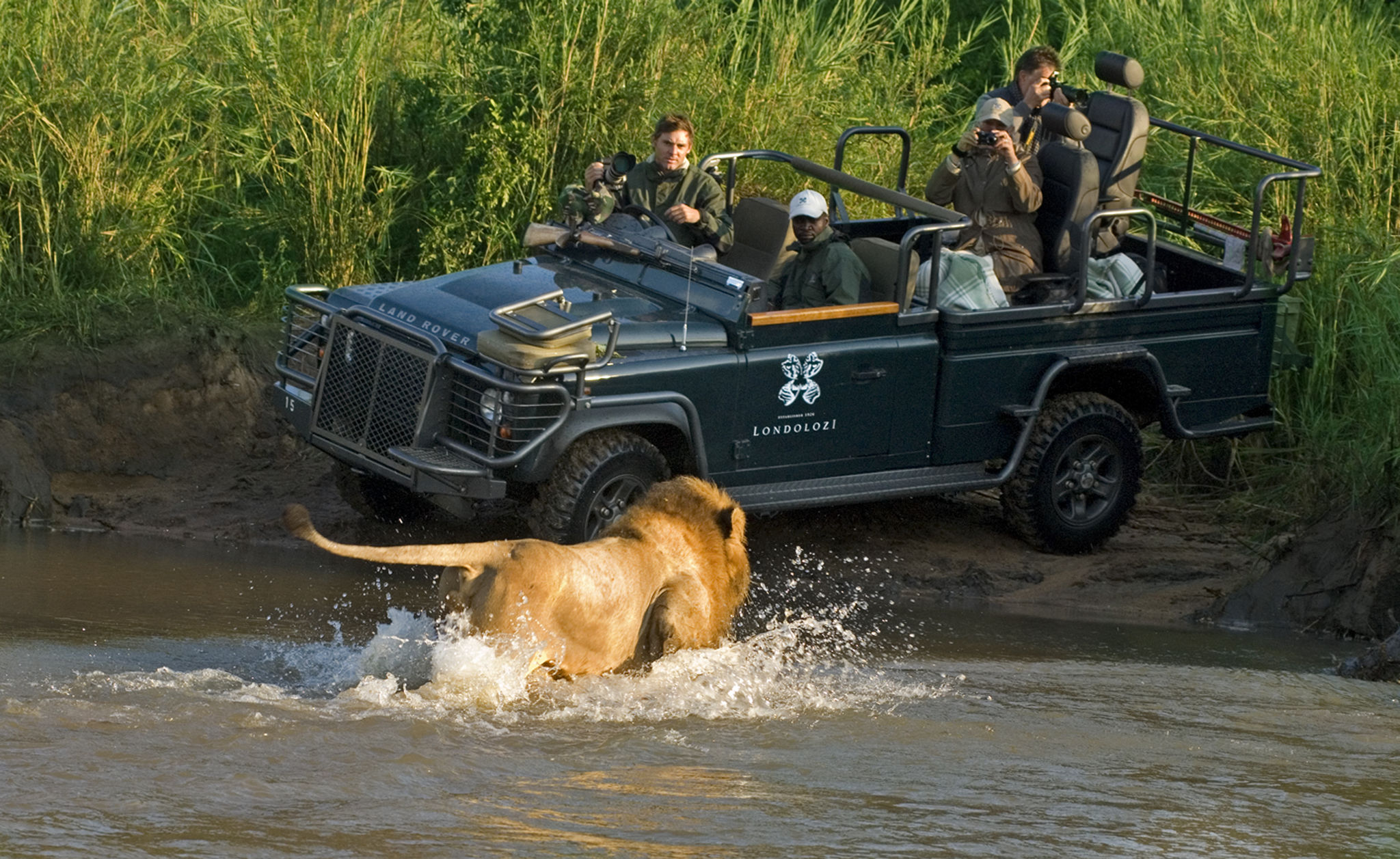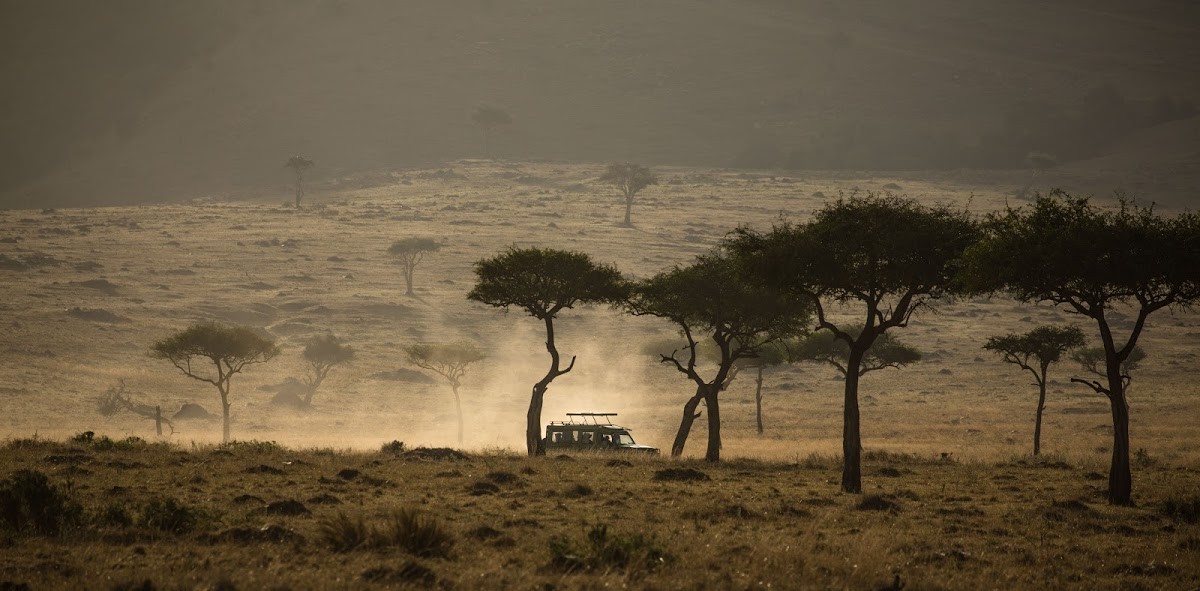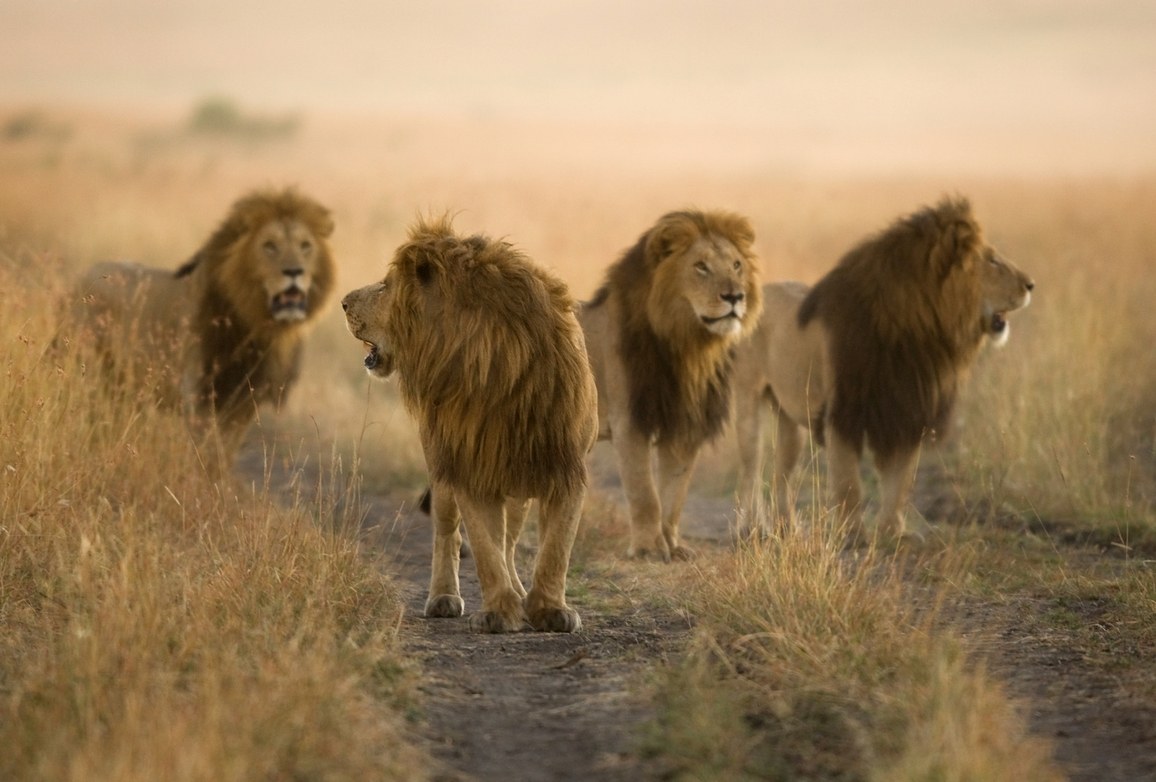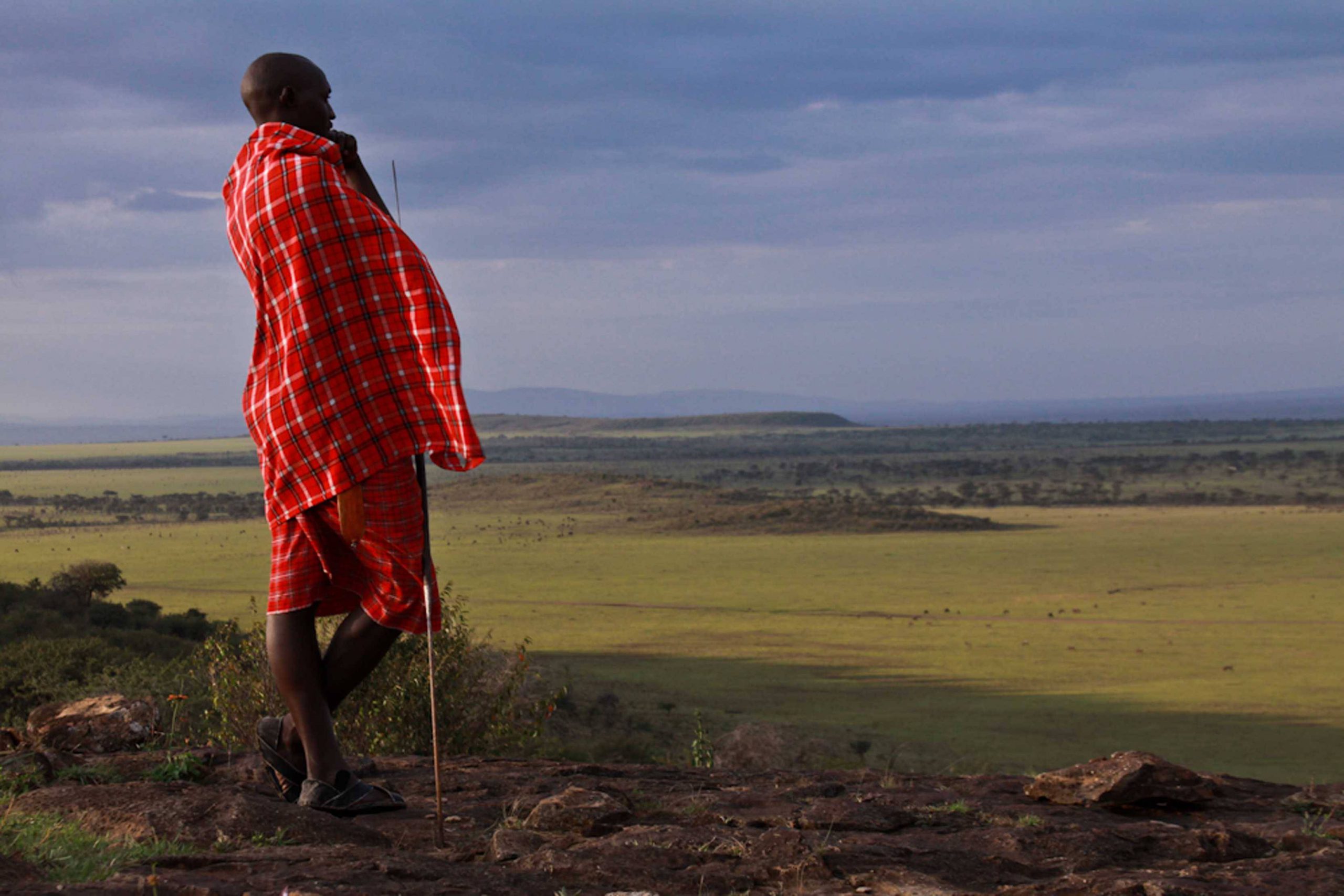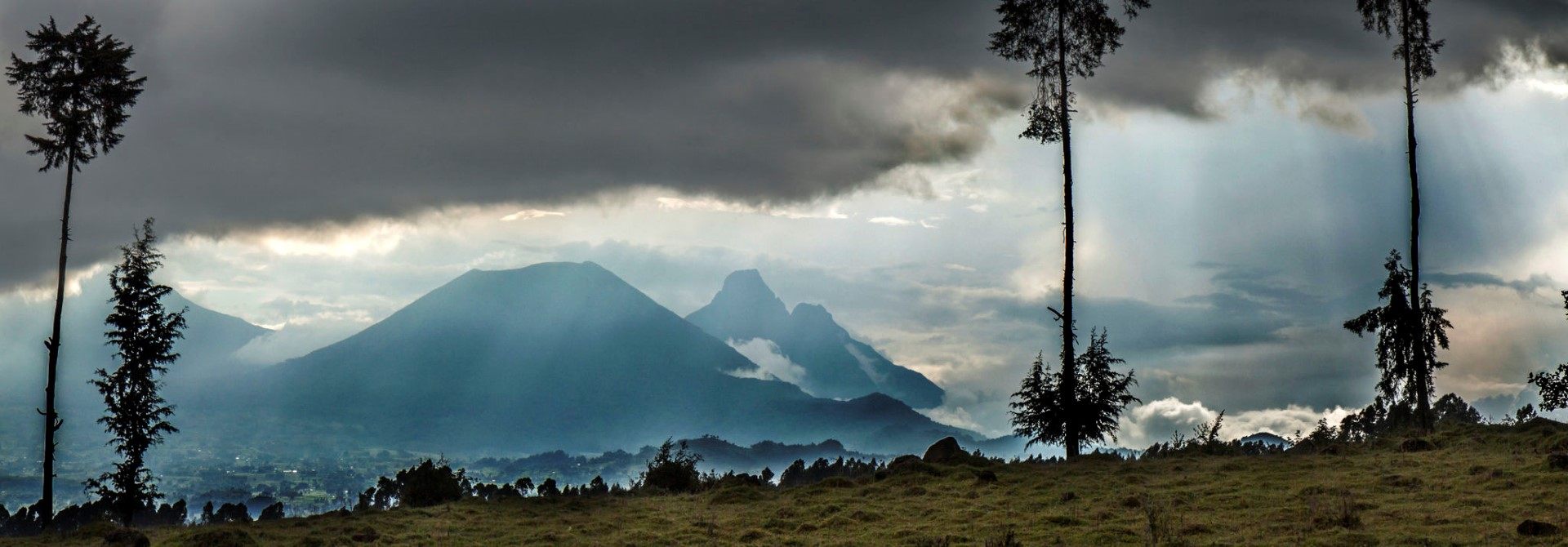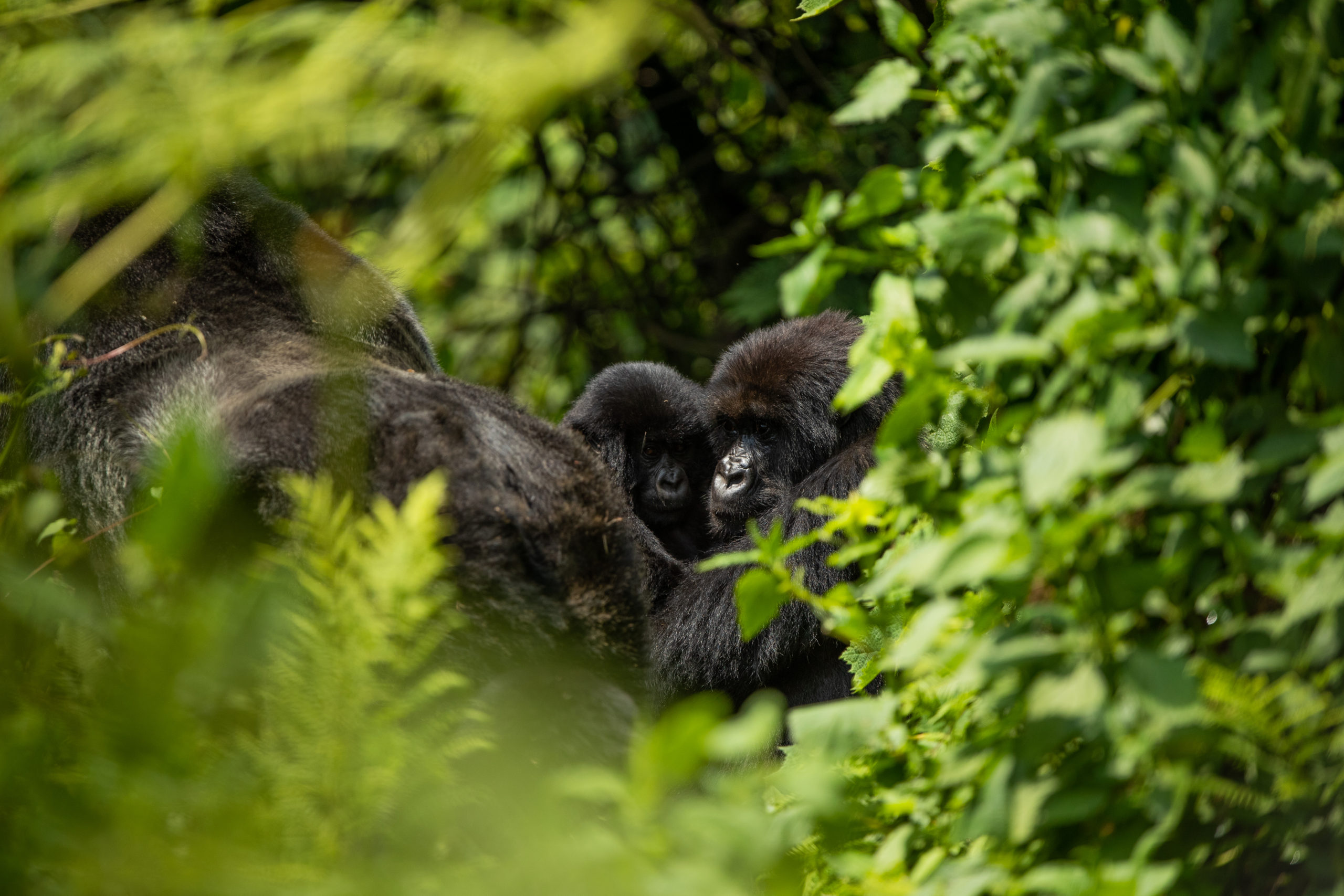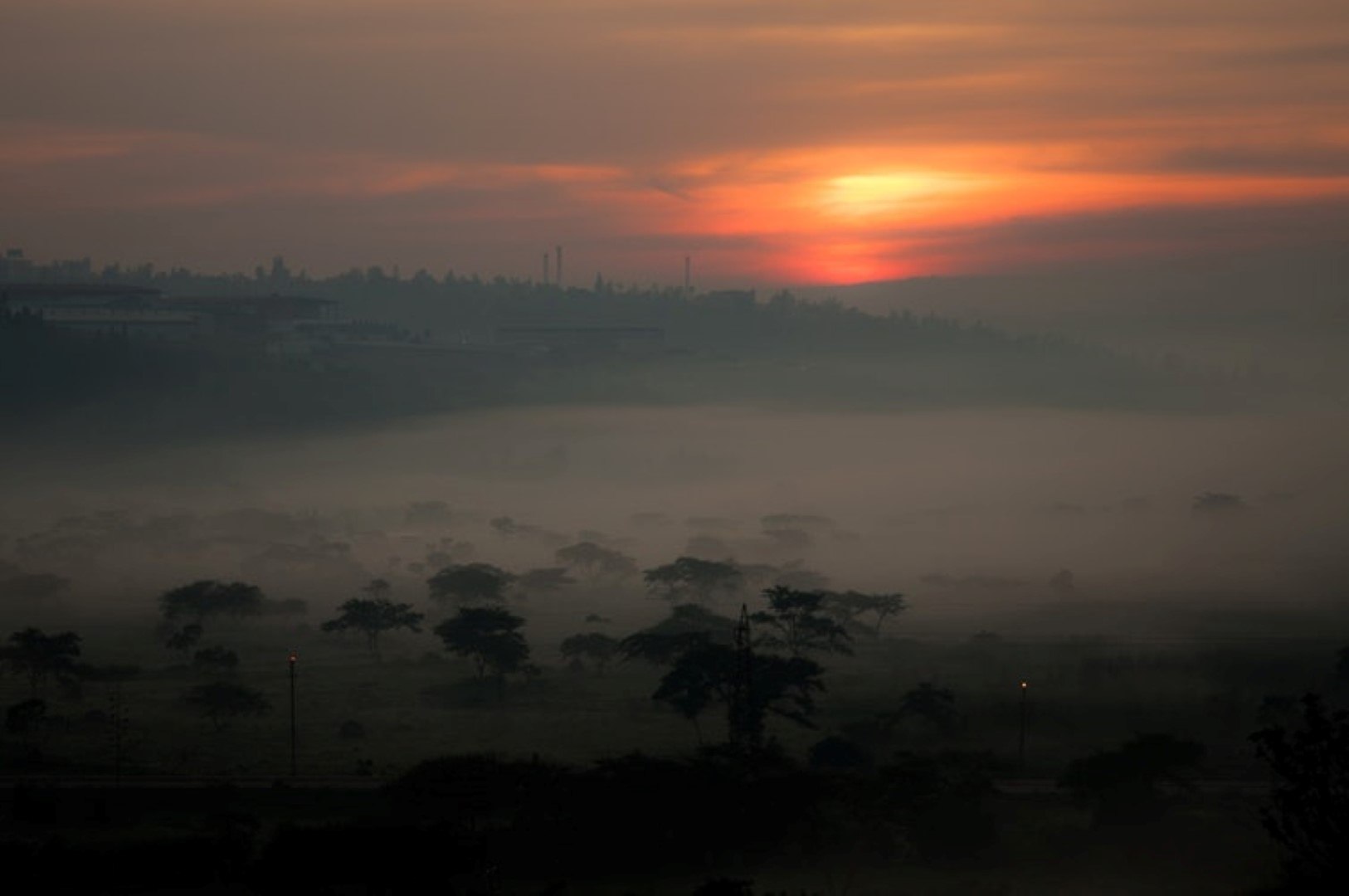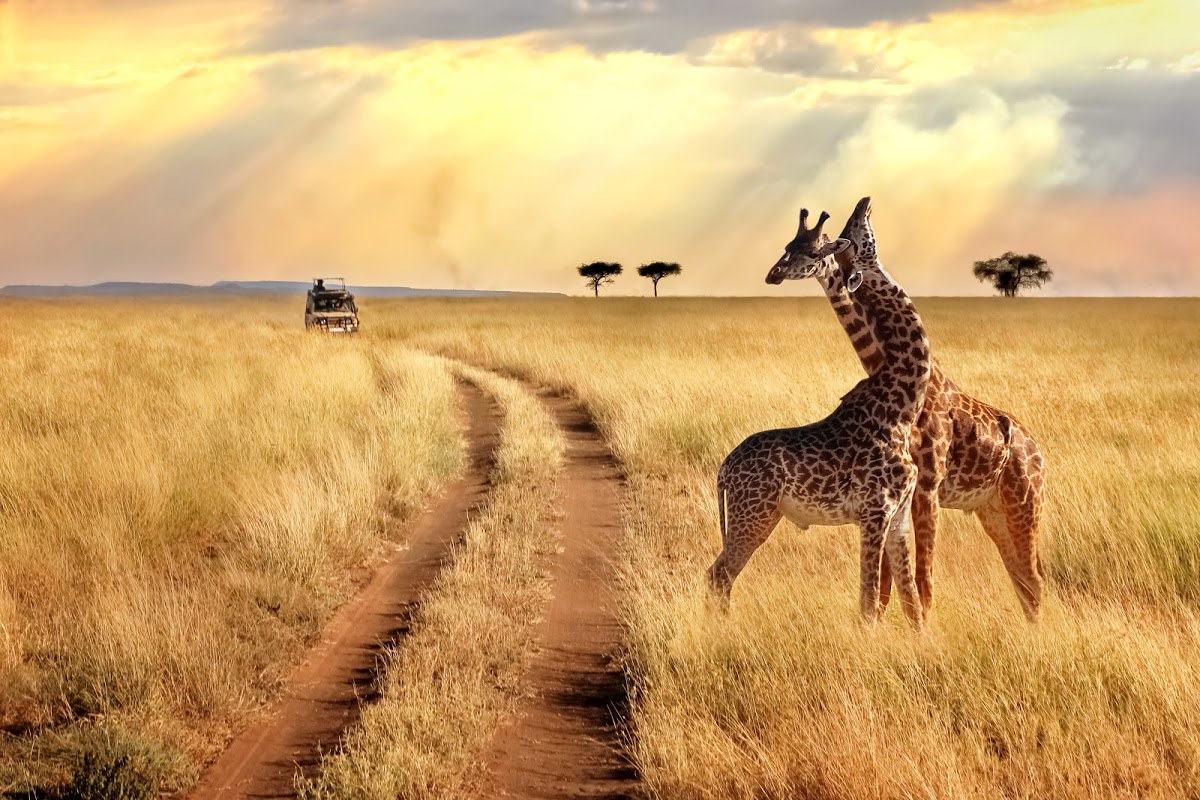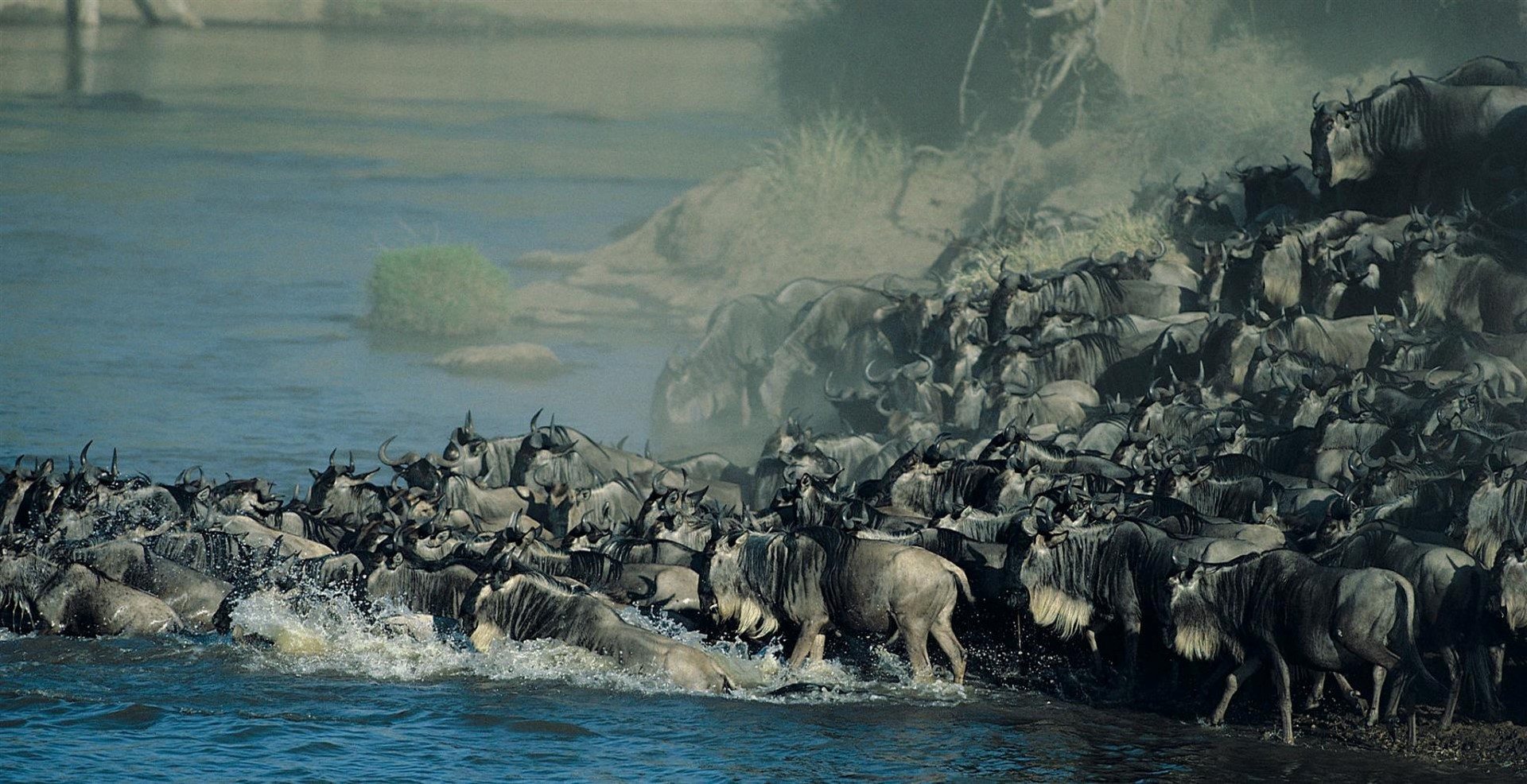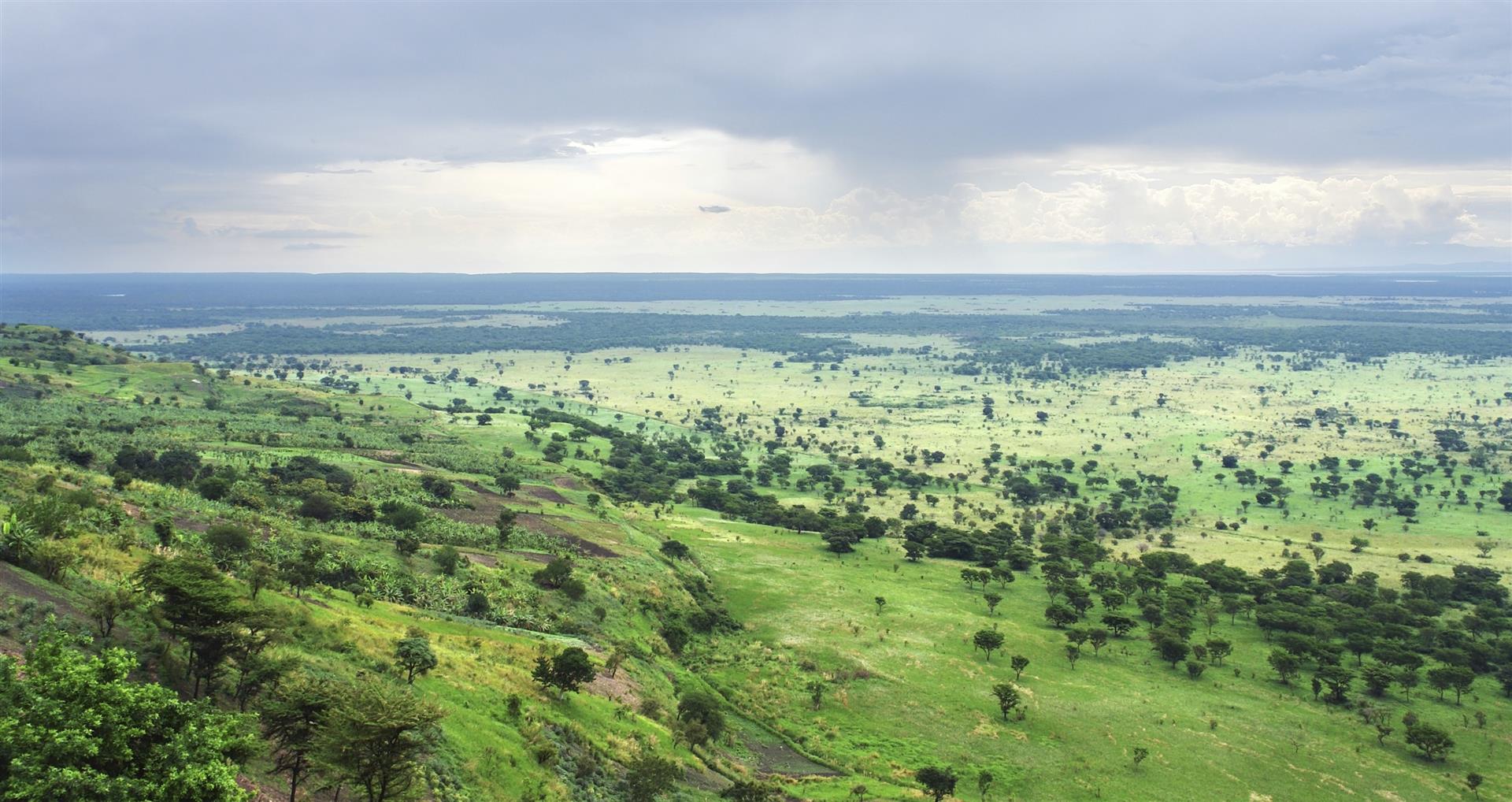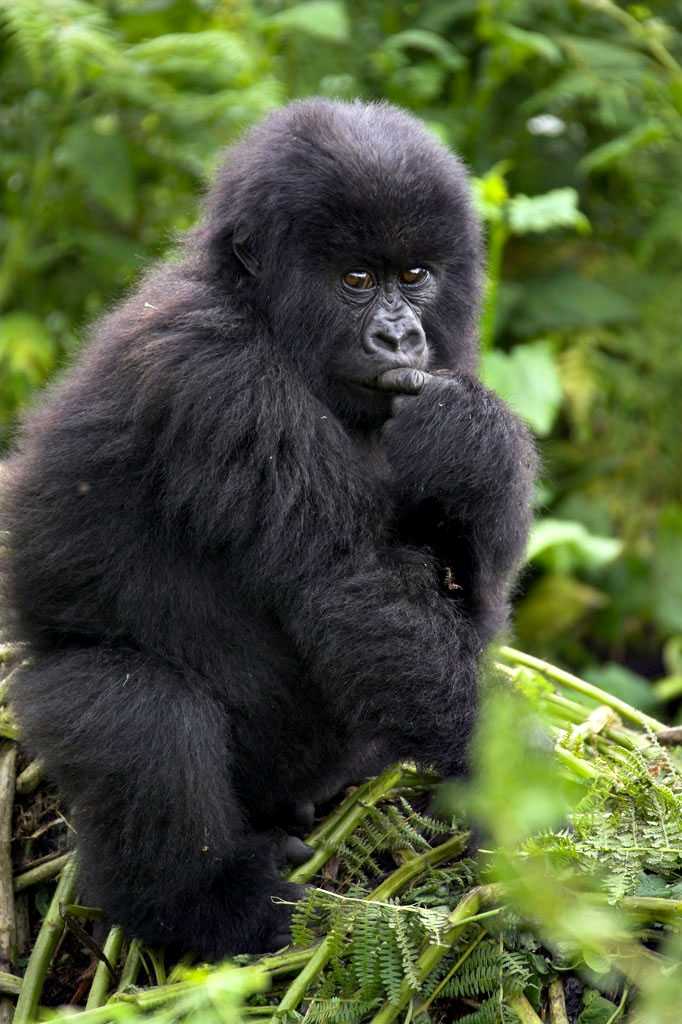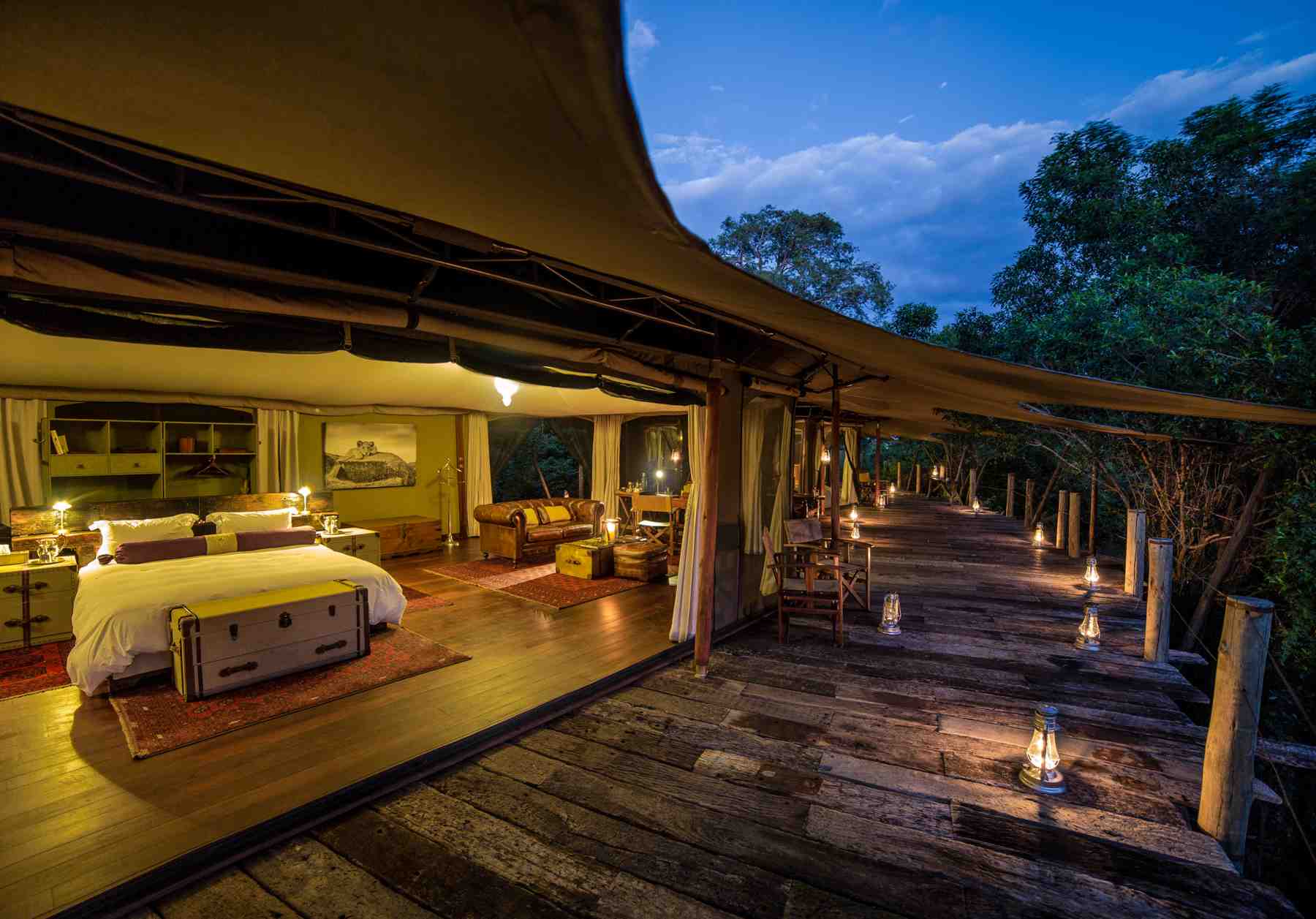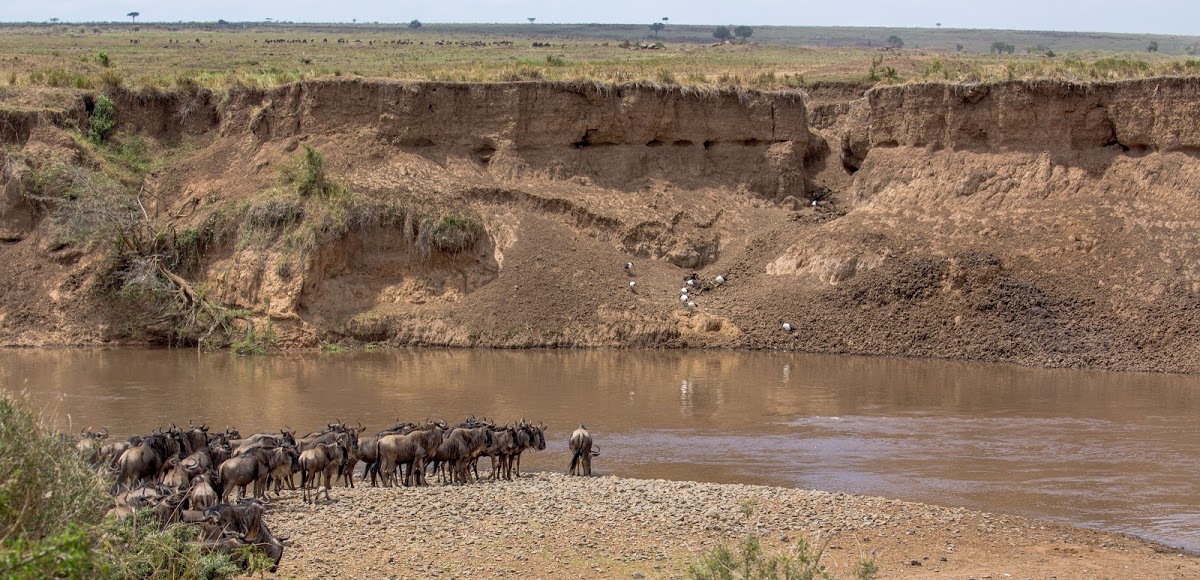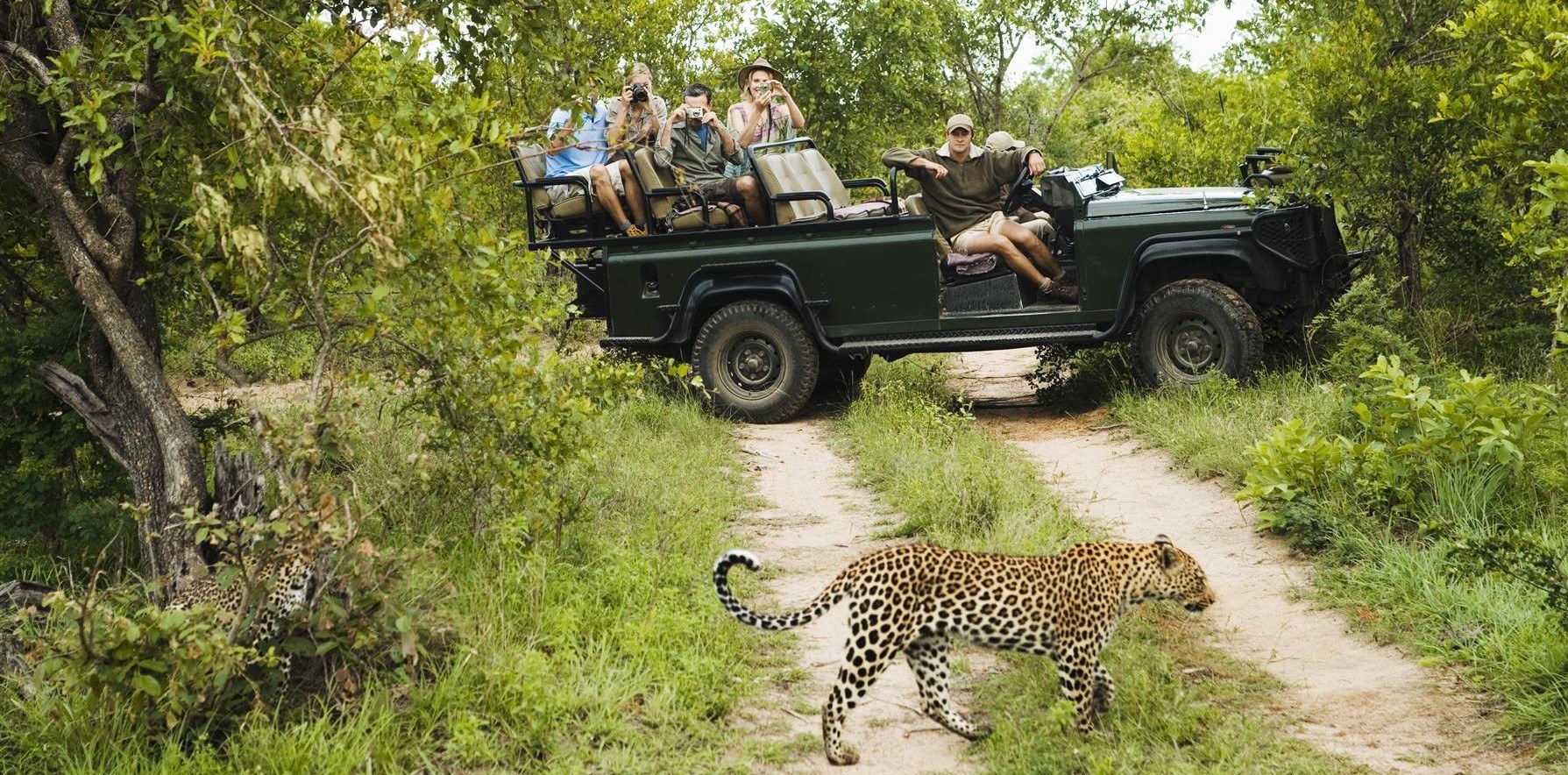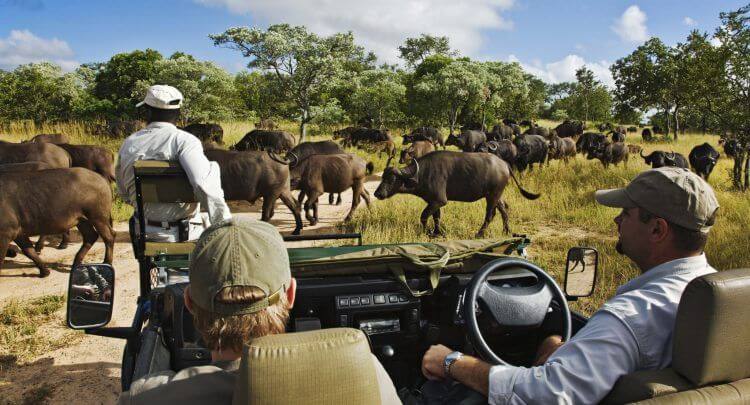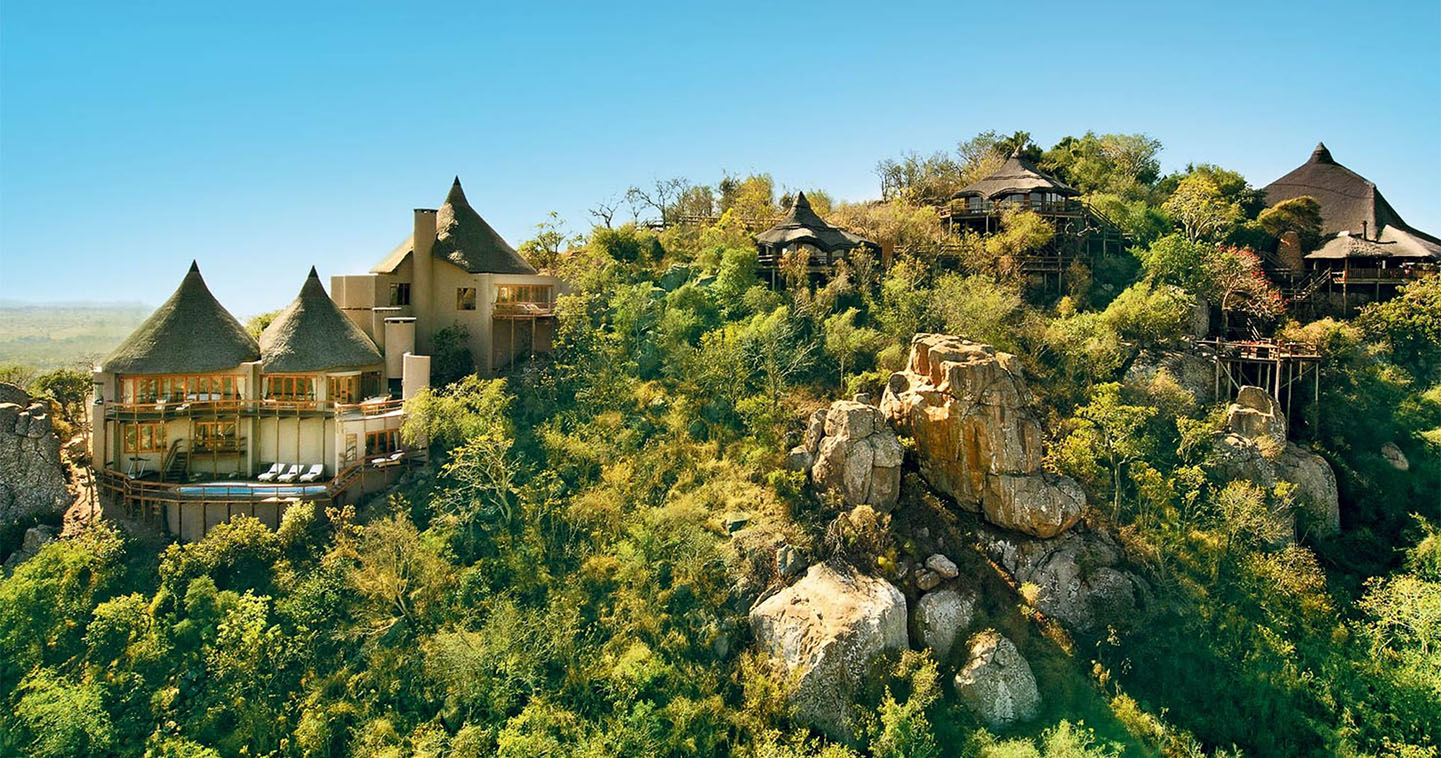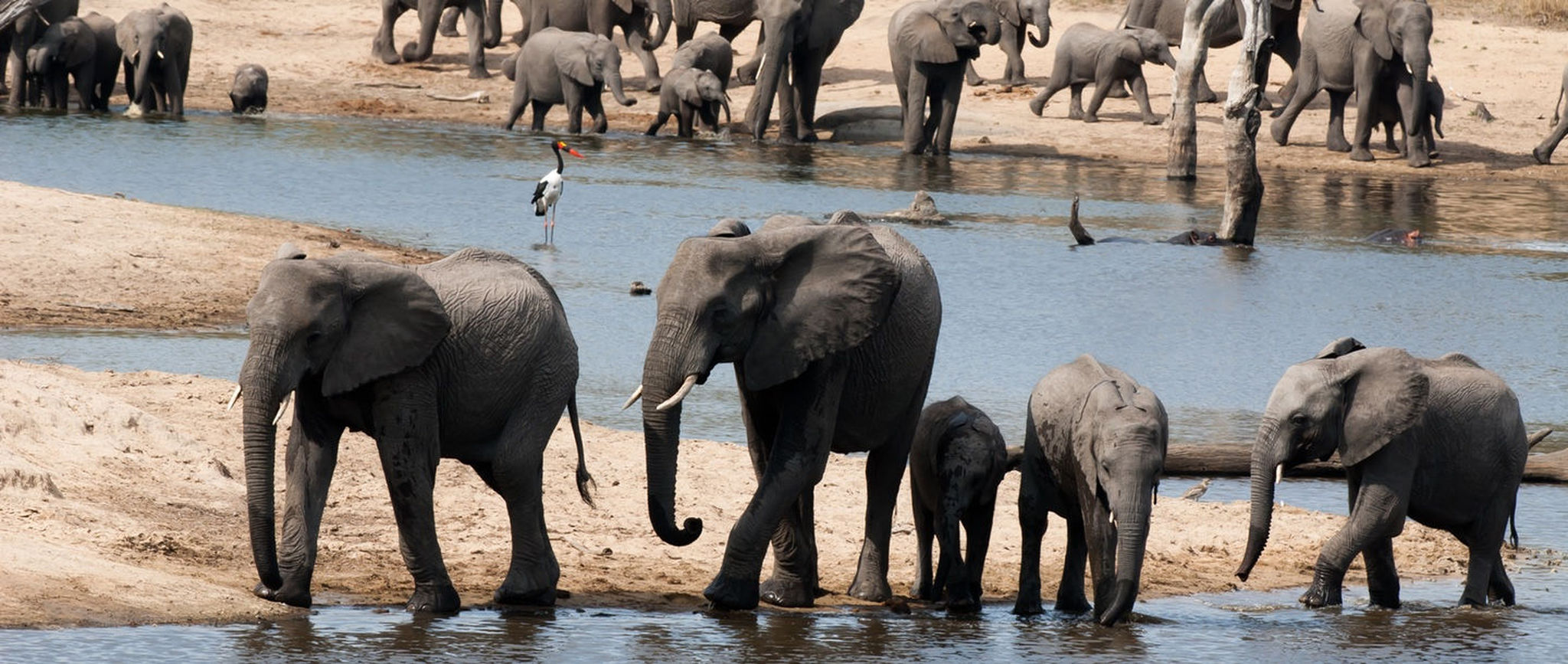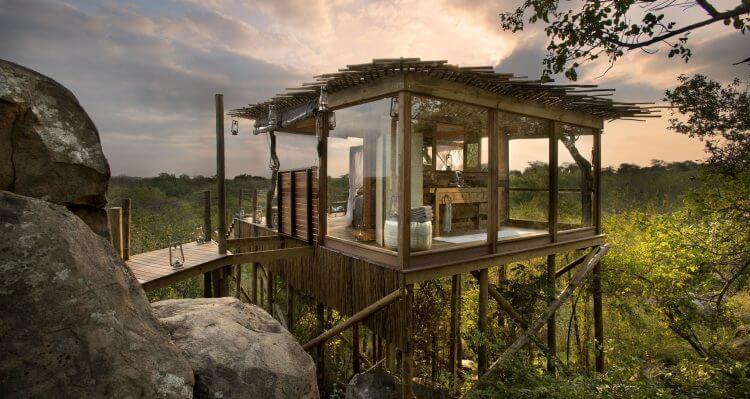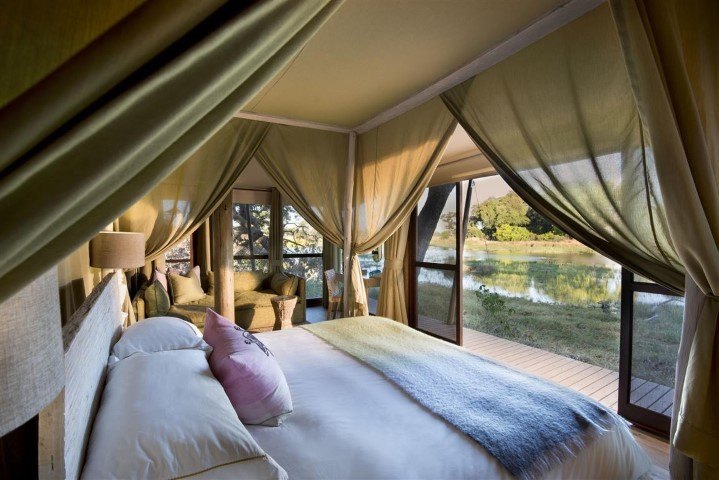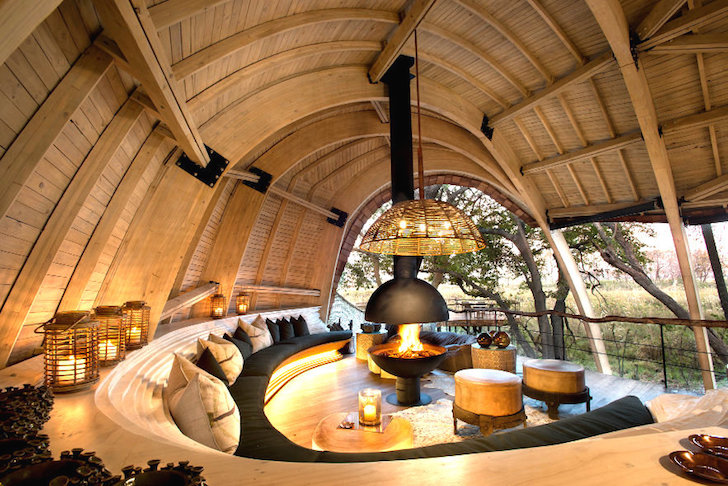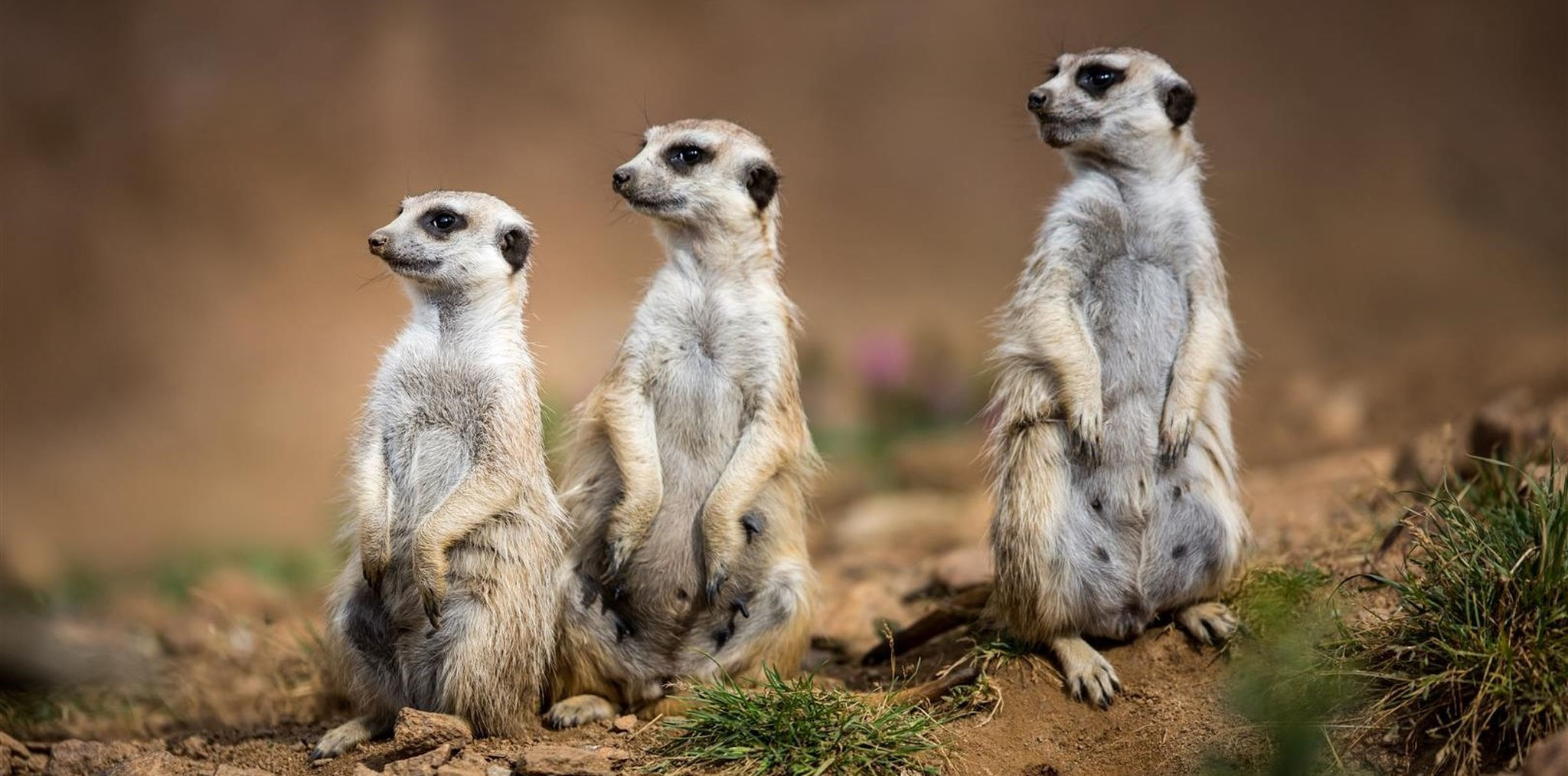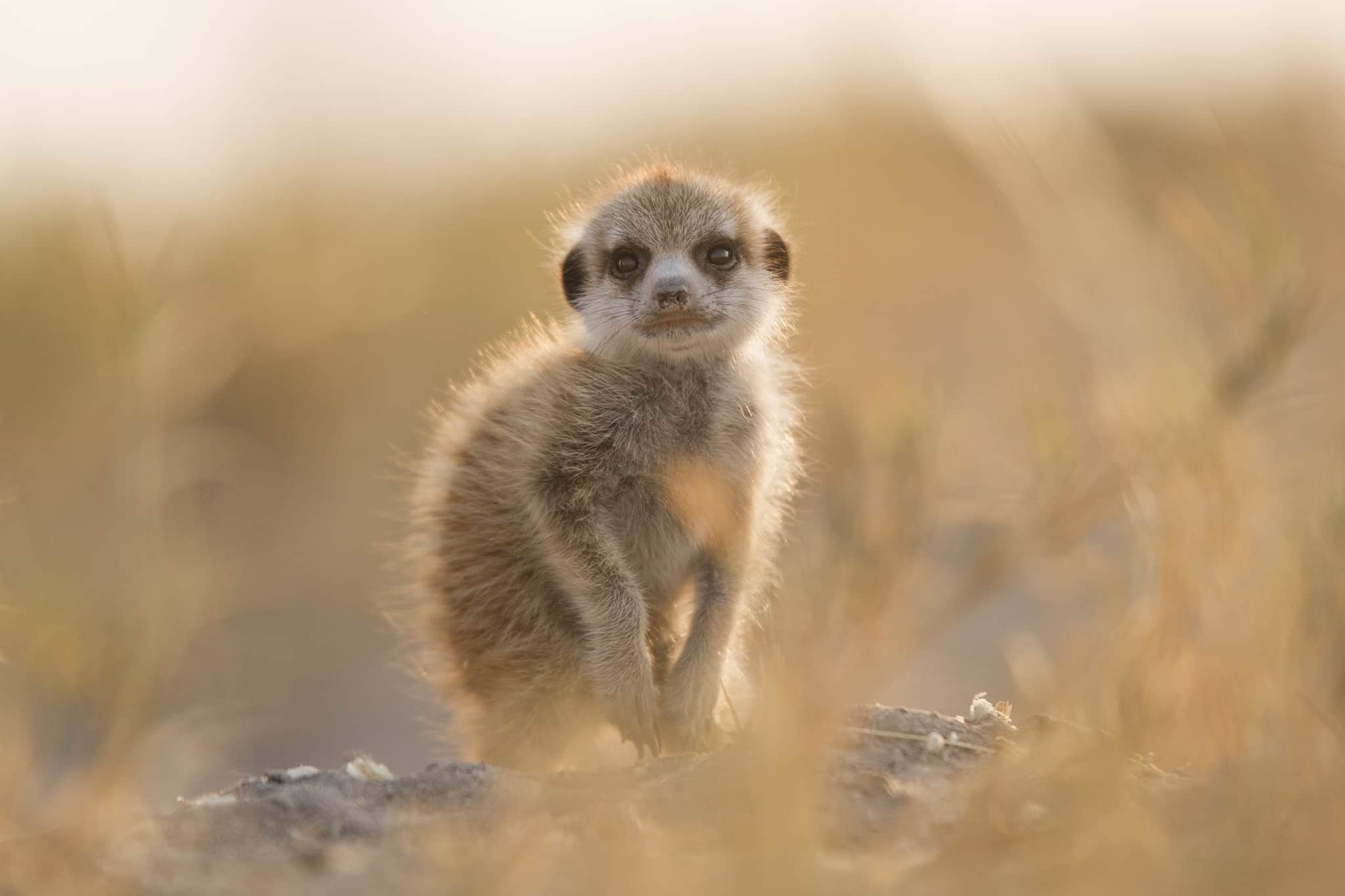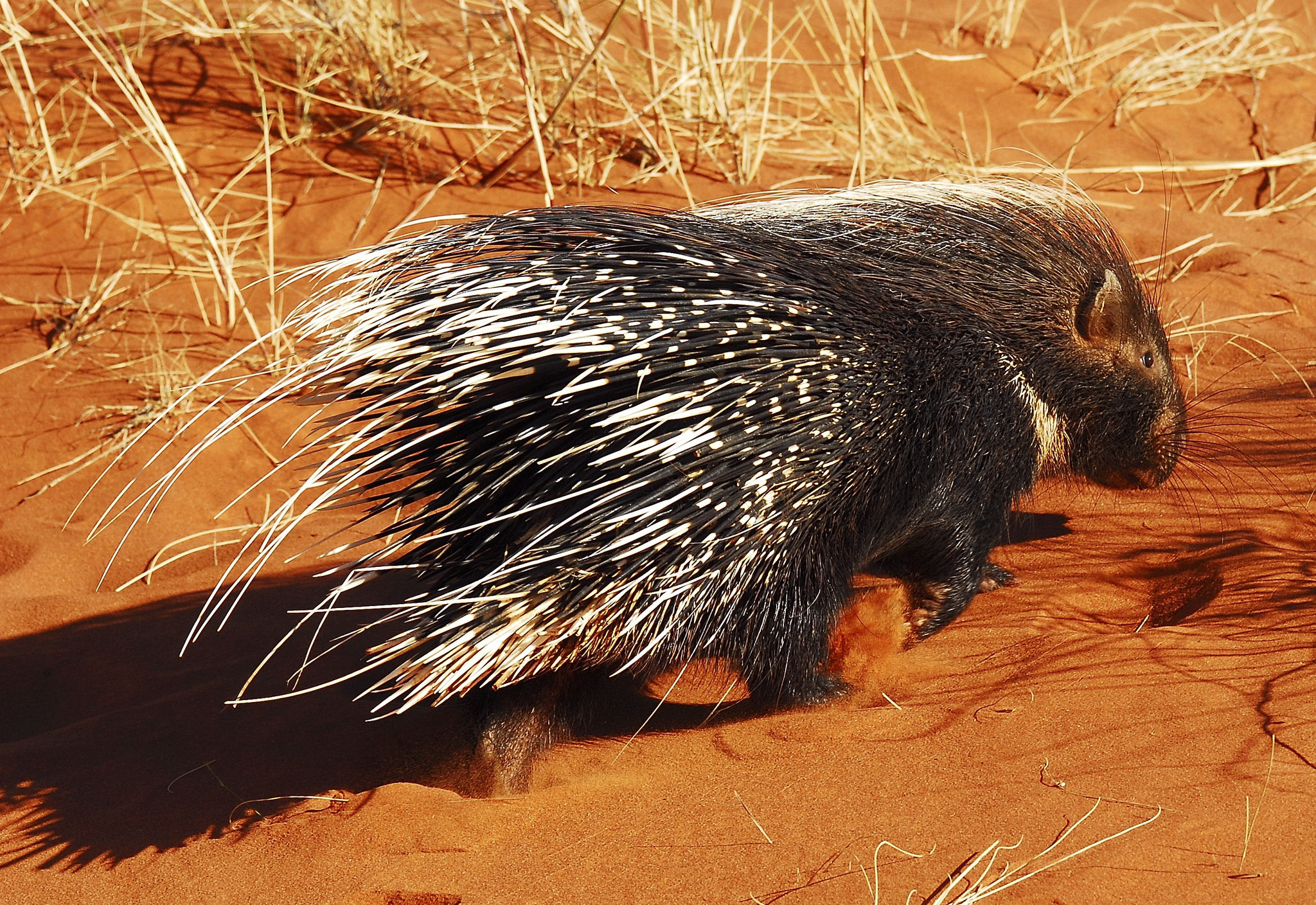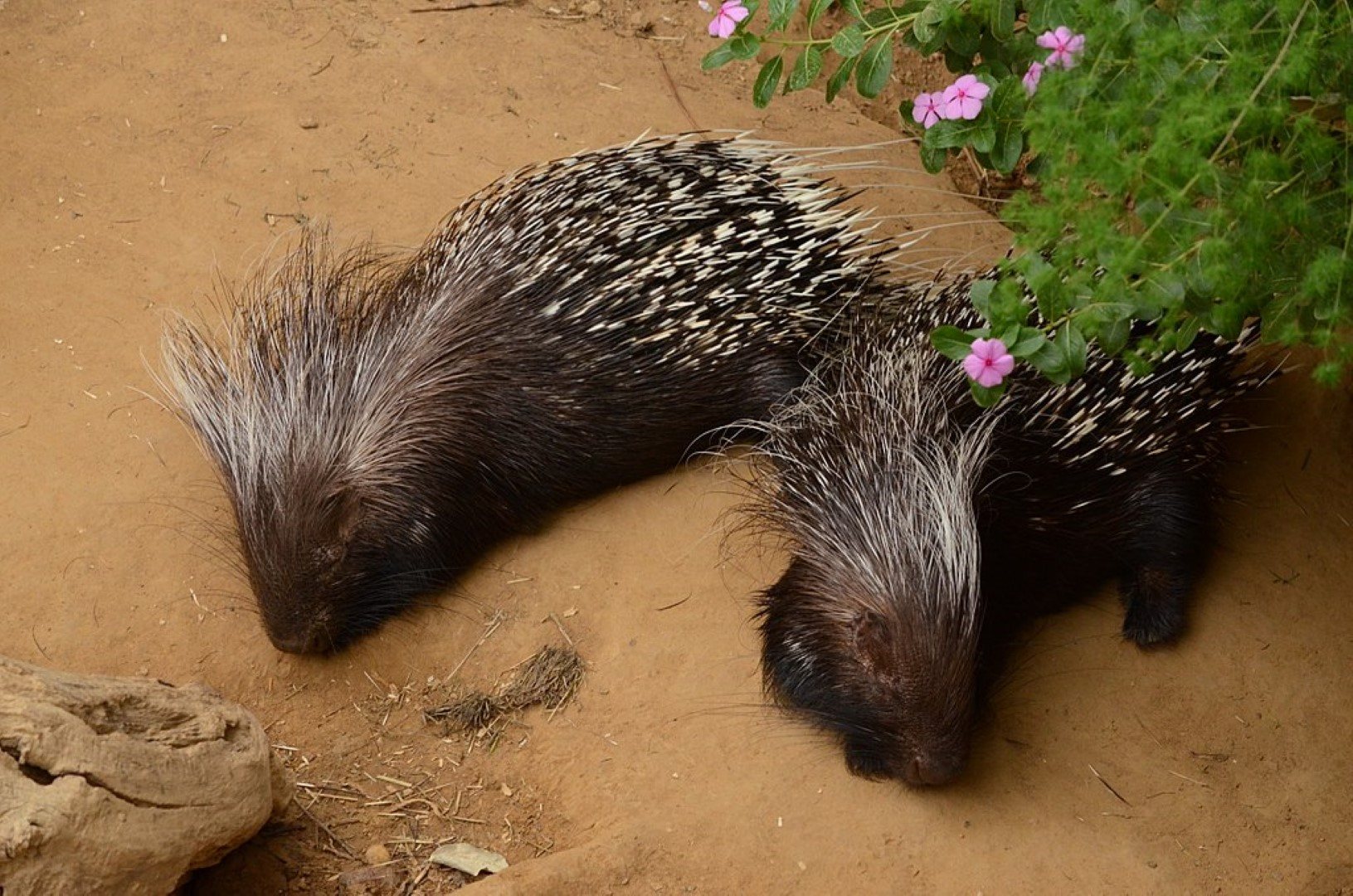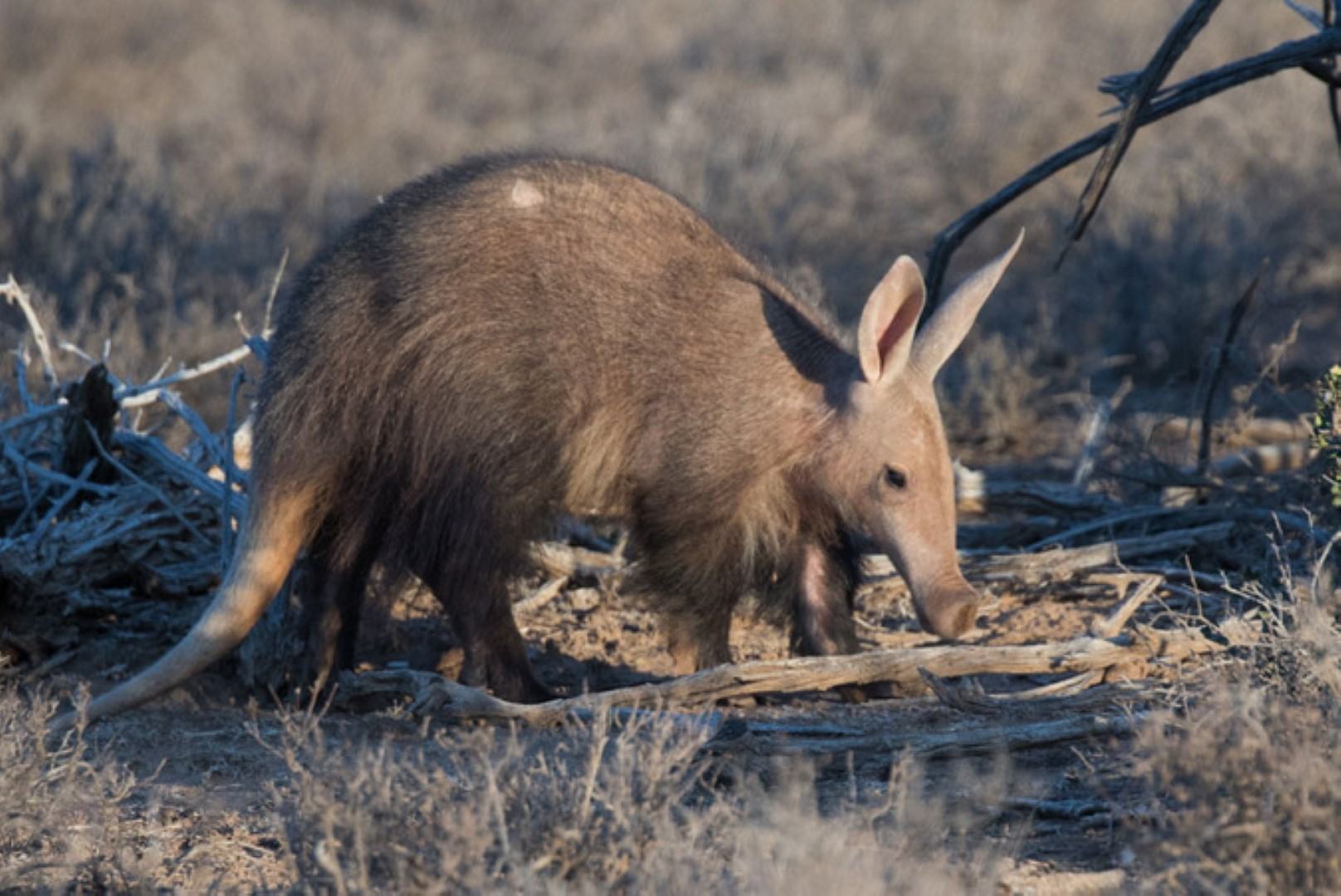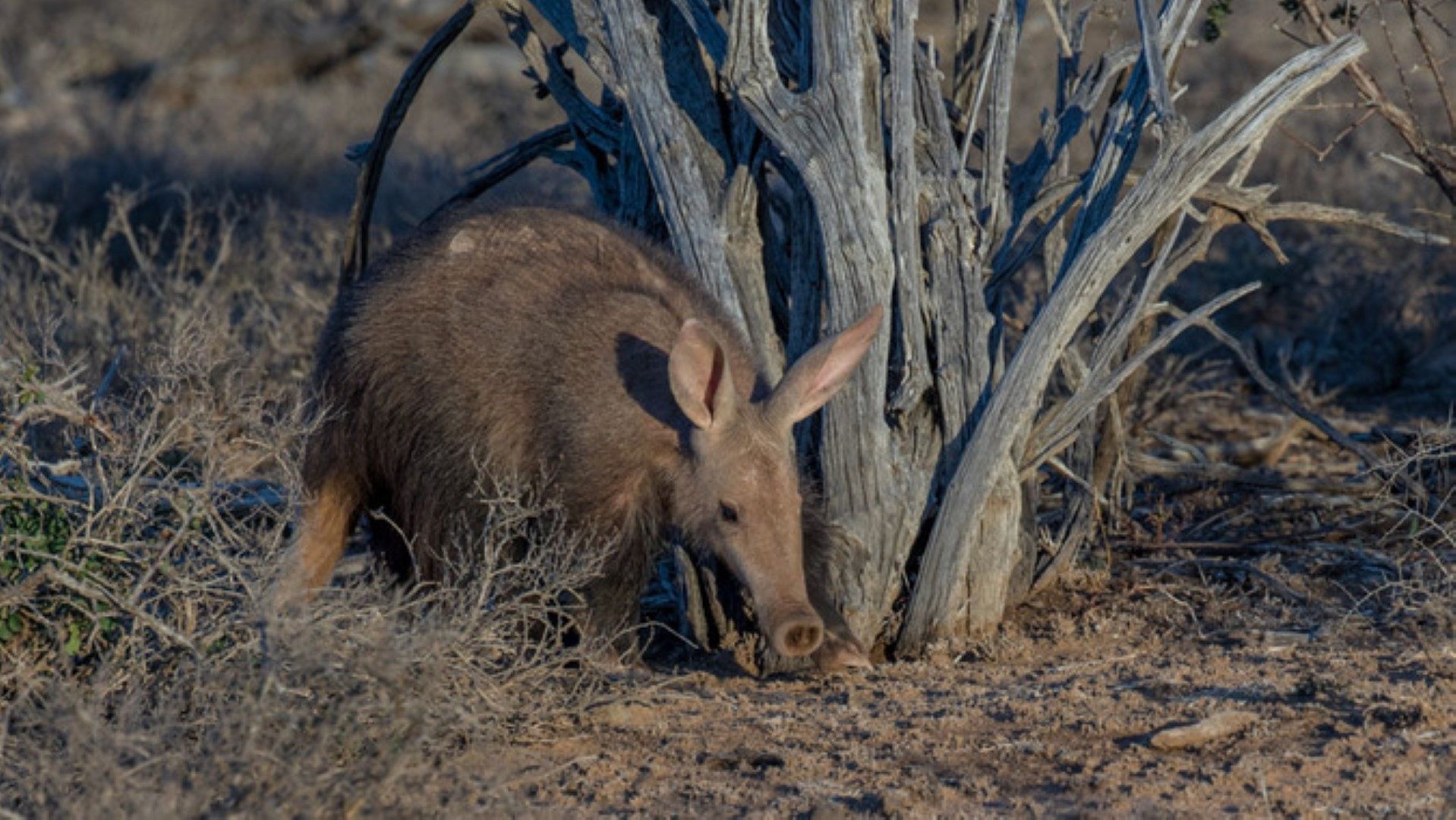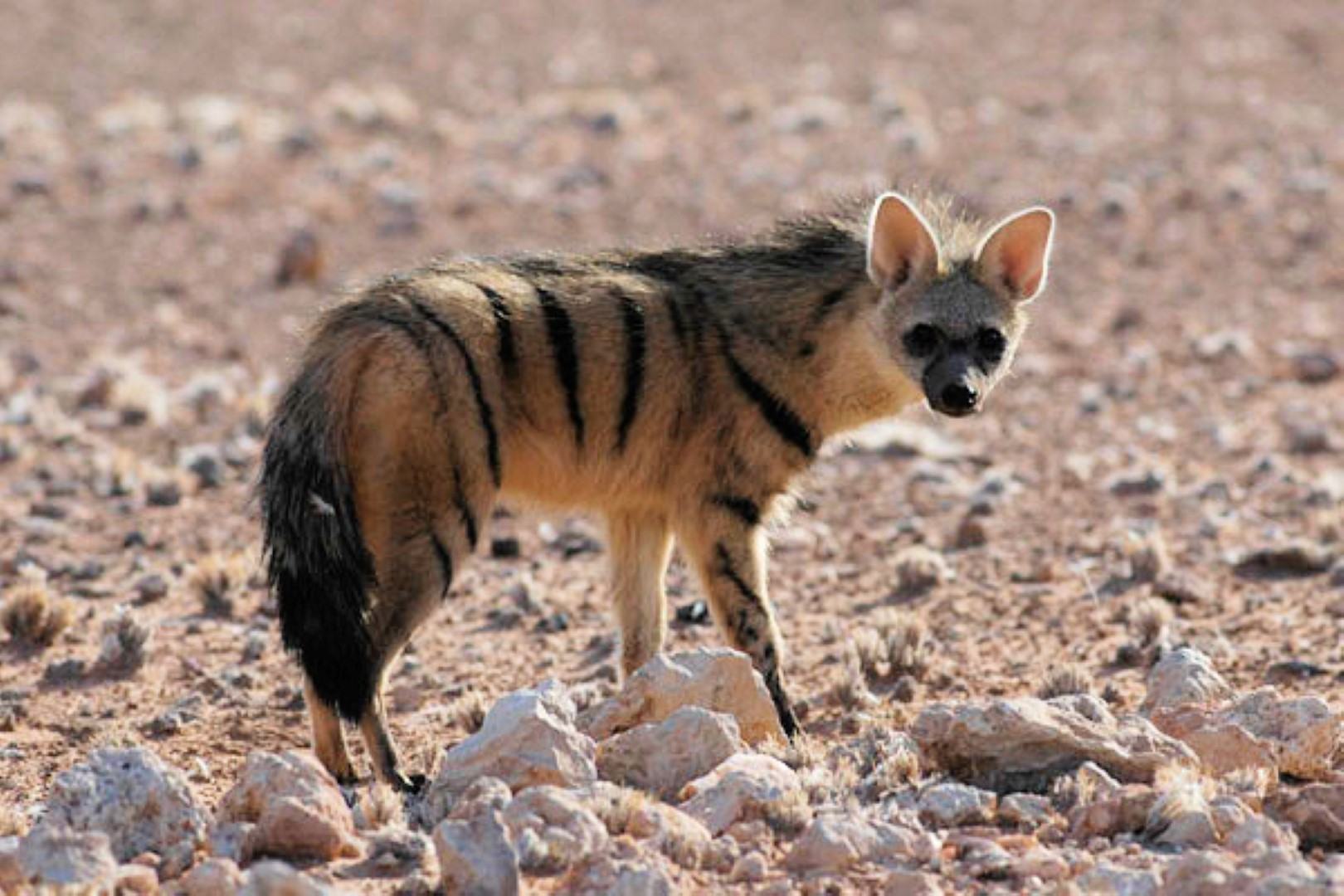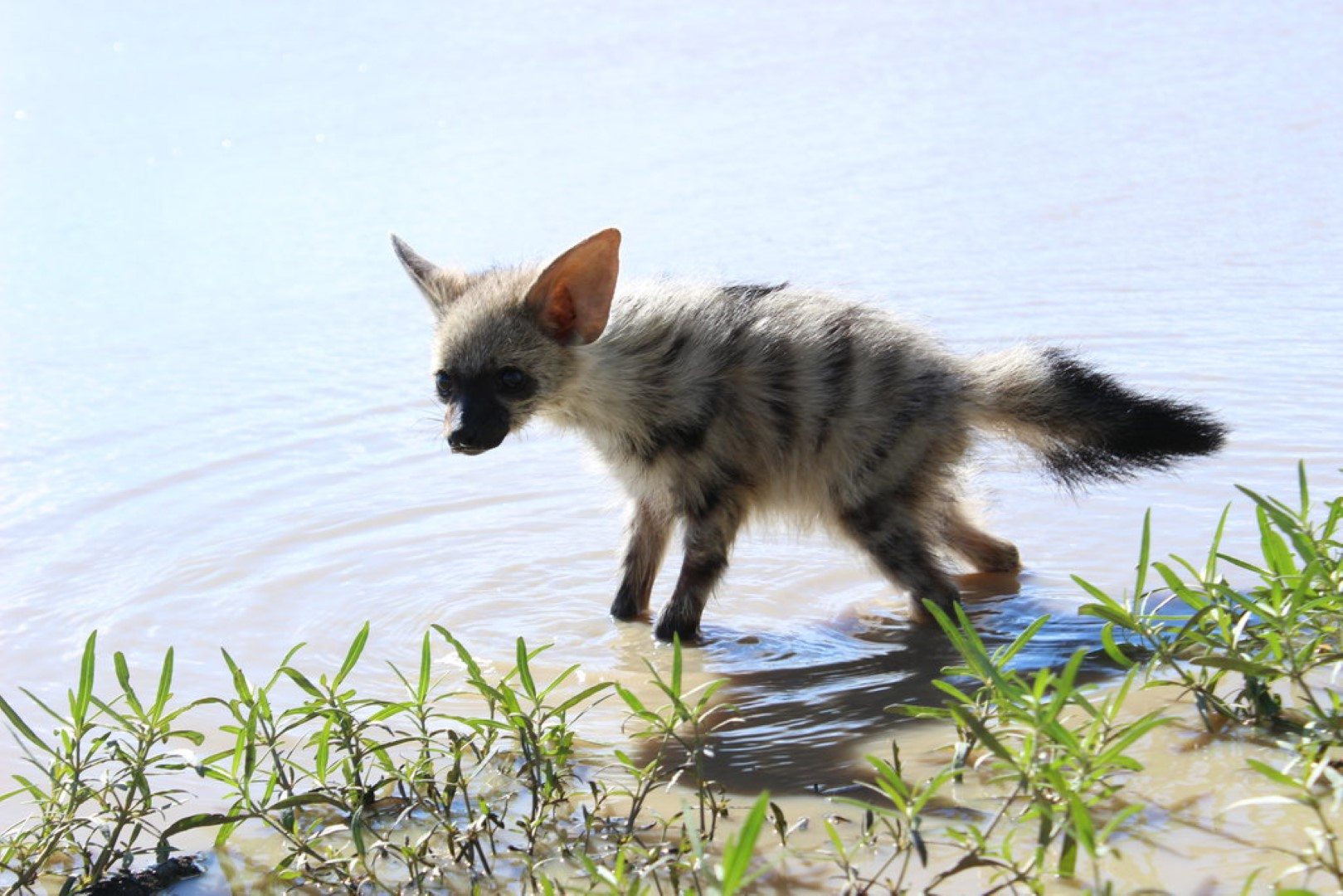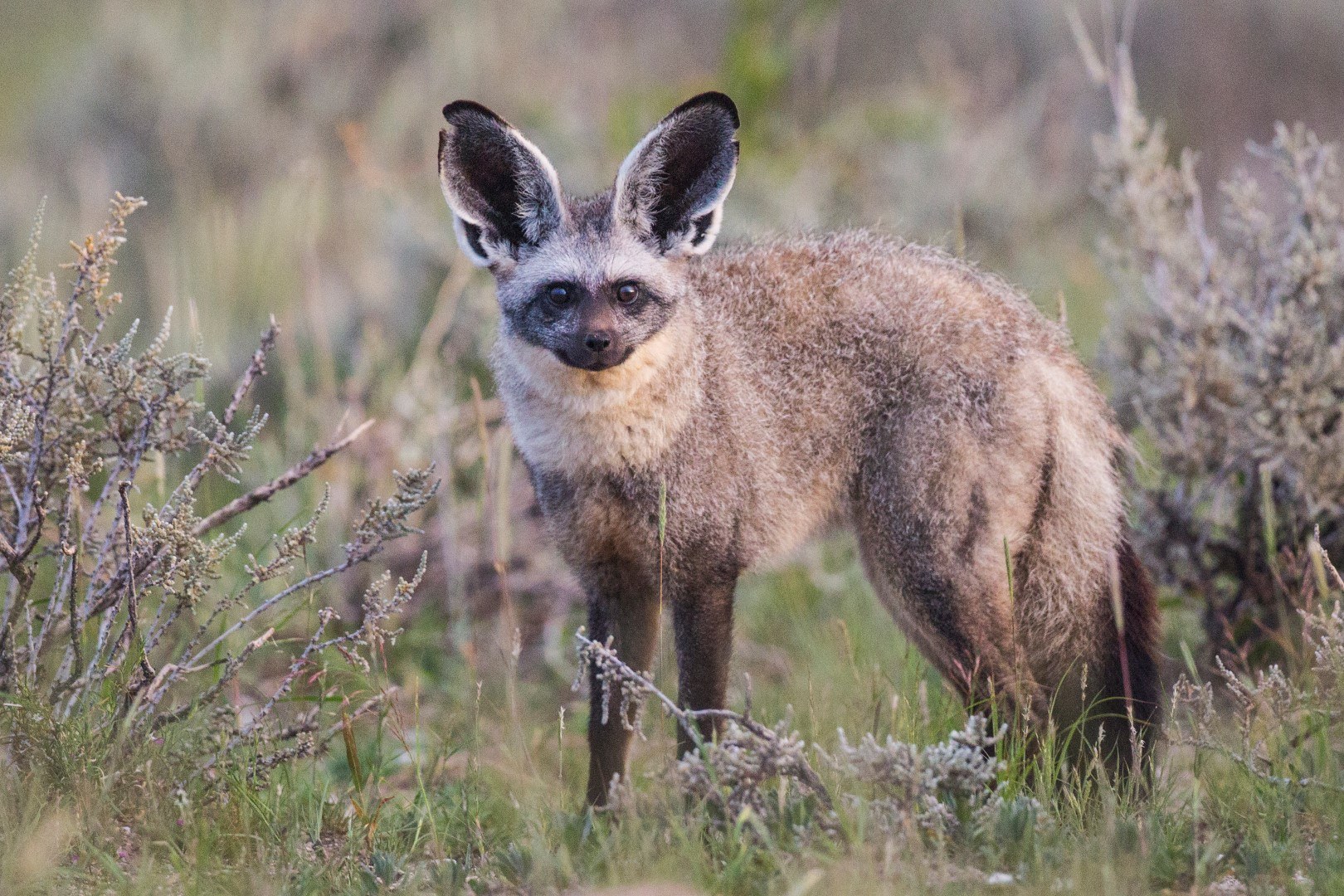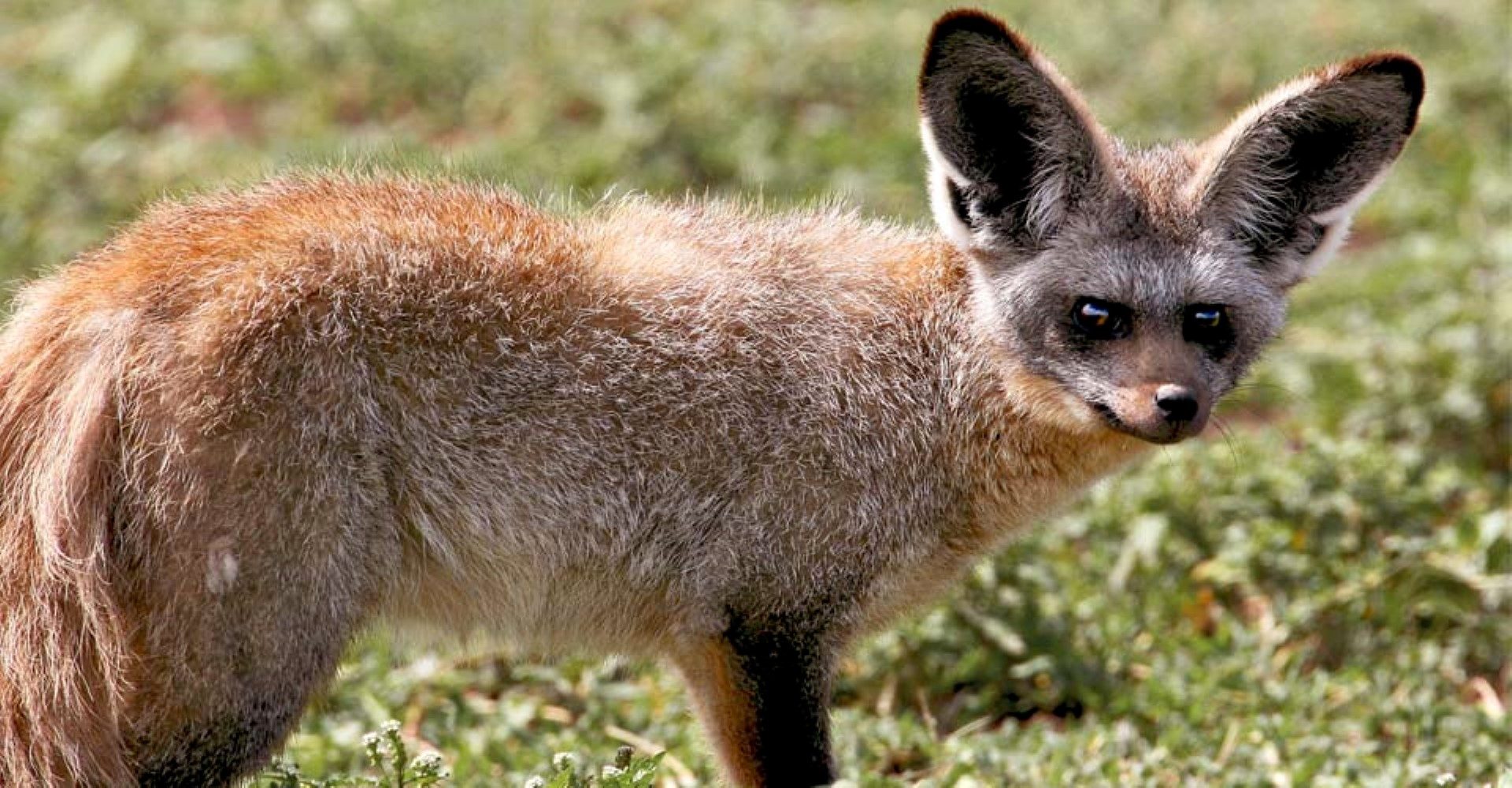Being South African born, the natural beauty of the African continent is something you forget to appreciate from time to time. Especially when it’s all work and no play! And then, just when you think it’s business as usual, you’re approached by your colleague who asks, “Are you free next week?”. Having never had the opportunity to go on a luxury African safari before, I jumped at the opportunity to join my team on a trip to the Sabi Sand Game Reserve. Just the thought of being able to spend two nights at the acclaimed Chitwa Chitwa Game Lodge was a dream come true!

Chitwa Chitwa Game Lodge’s entrance, Image Credit: Chitwa Chitwa
Chitwa Chitwa Game Lodge: A Classic Safari Dream
From the second we arrived, I could feel the warm, welcoming embrace of the Chitwa Chitwa Game Lodge staff. Ice-cold drinks in hand, we make our way inside. Here, the tasteful blend of contemporary and classic safari style coupled with close attention to detail let me know we’re in for a treat! My first luxury safari has barely even started, and already it’s so much more than I had expected.

The interior is a tasteful blend of contemporary and classic safari style, Image Credit: Chitwa Chitwa
According to legend, the story of Chitwa Chitwa goes something like this…
There was once a giraffe that shared the lodge’s lakeside home. And the Brink family became so accustomed to the ageing bull visiting that he became an extended family member. To this day, you can still feel him presiding watchfully over the lodge. And it’s this essence that’s also captured in their logo.

Rim-flow pool on the lake, Image Credit: Chitwa Chitwa
Chitwa House: Our Home for Two Nights
After our refreshing welcome, we’re shown our home for the next few days, the glorious Chitwa House. The warm earthy tones complemented by chic African inspired décor make the whole villa feel warm and inviting. Let’s not forget the fully stocked mini-bar. I mean, that made me feel oh-so at home!
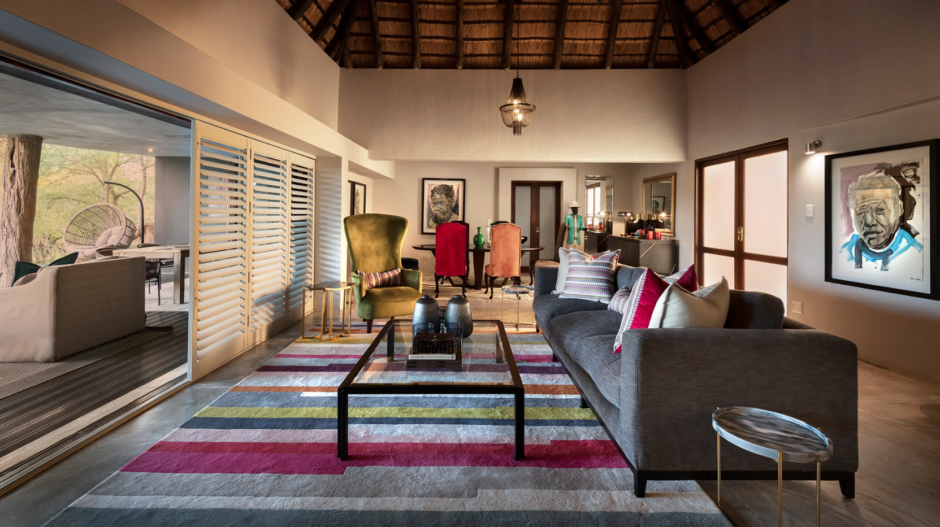
Chitwa House lounge area, Image Credit: Chitwa Chitwa
And, to top it all off, the villa has its own beautifully appointed private patio with an unobstructed view of the watering hole. I sit for a minute, taking in the view and just letting the sounds of the bush wash over me. As far as first safaris go, this one is off to a fabulous start!
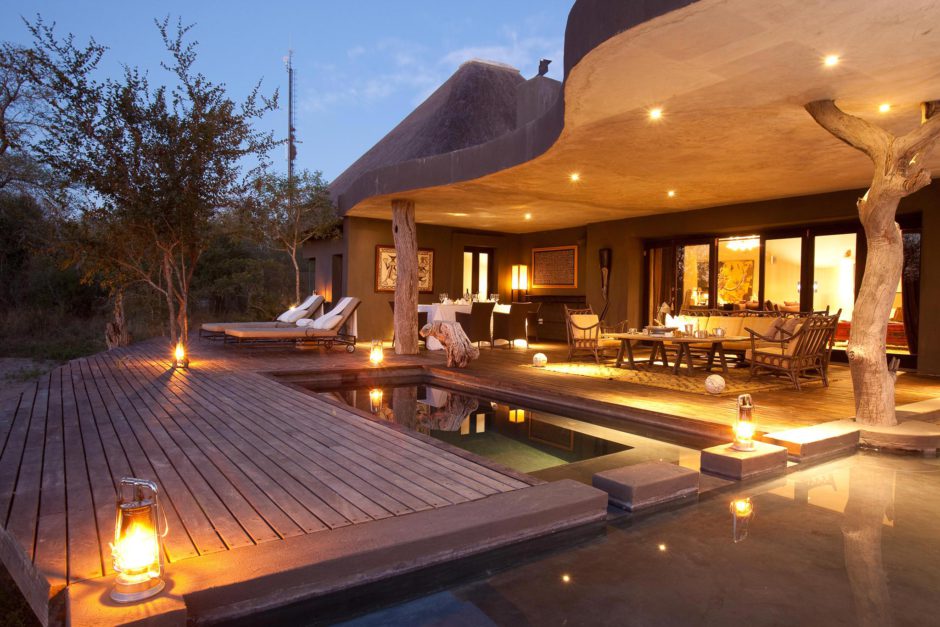
The private Chitwa House patio lit by candlelight, Image Credit: Chitwa Chitwa
A Chitwa Chitwa Safari Experience for the Books
We head out to the game drive vehicle, wrapped up in warm layers and buzzing with excitement. Our guide, Daniel, introduces us to our tracker, Betuel. And then we’re off on the first game drive of my first safari!
I cannot contain my excitement. The vegetation is lush and full of life. Being new to the safari experience, I pipe up with all of my 50+ questions about the bush, which Daniel answers dutifully, exhibiting his clear knowledge and experience.
Starting each day out in nature is undoubtedly the best way to start any day. The feeling you get out on the game drive vehicle as the first rays of the sun warm your skin, the fresh, aromatic smells of the bush waking up your senses. And the best part is that no two game drives are the same. Every time you head out, you know you’ll have a unique experience.
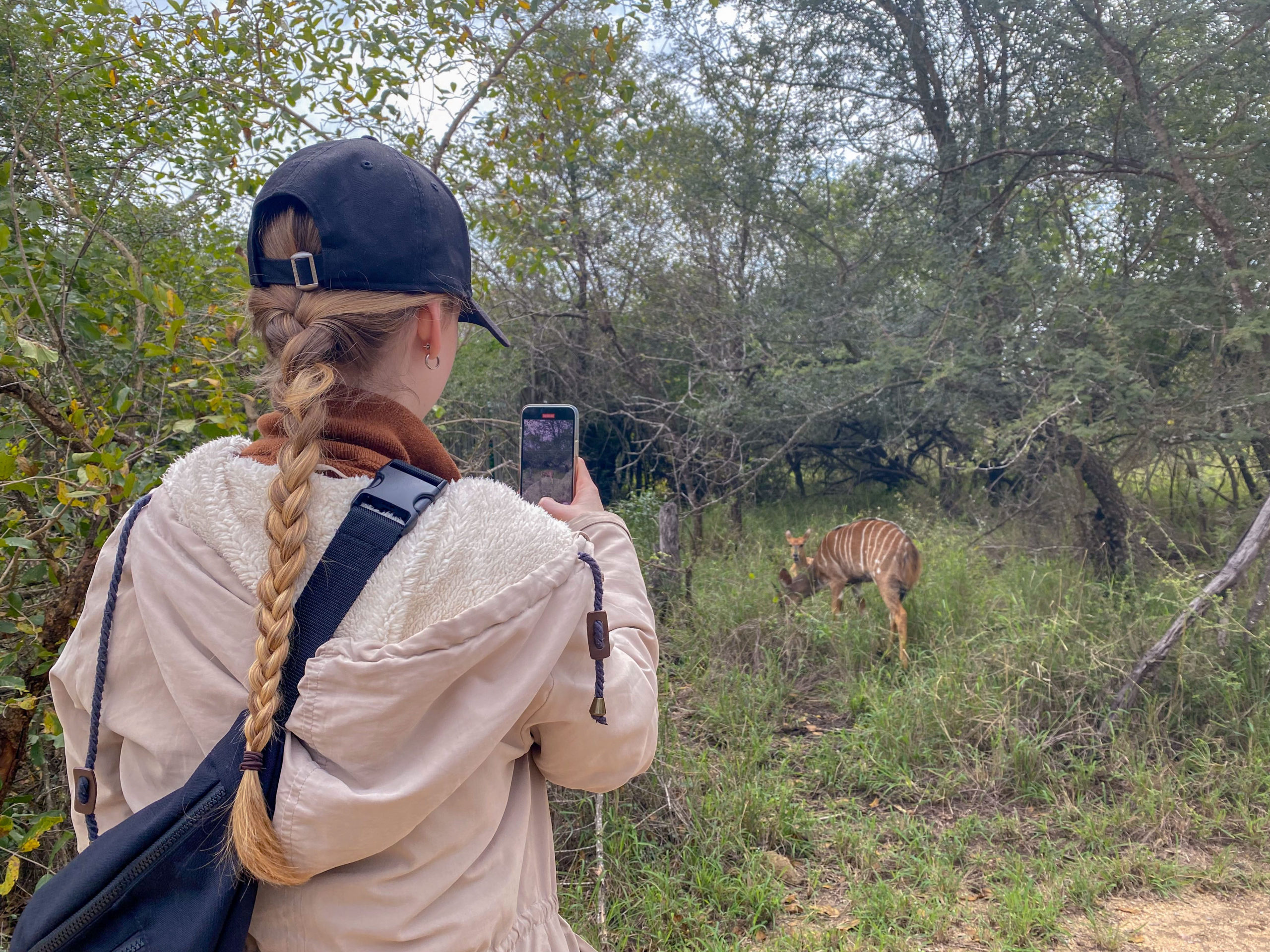
Always expect the unexpected on a safari, Image Credit: Katharina Riebesel
Spotting The Big 5 For The First Time
The first animal we encounter is – can you believe it – a mama elephant and her calf. Completely unfazed by us, they continue grazing on the lush foliage. I sit in awe of their size and majestic beauty. Their skin, wrinkled and weathered, hinting at their ancient wisdom.
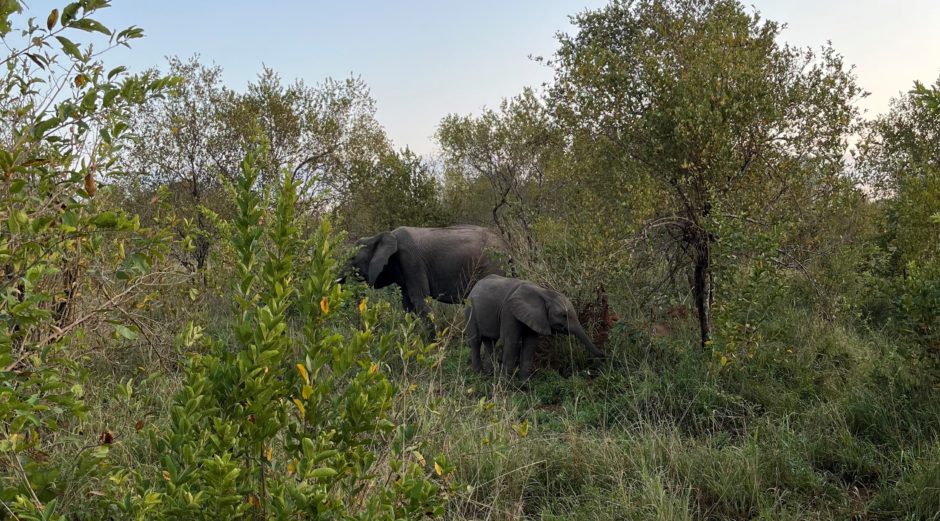
Mom and baby elephant feasting on the foliage, Image Credit: Savannah St Claire
Can you think of a better surprise than just casually bumping into a mighty rhino? Because I can’t! A sight considered so rare, I can’t help but to feel privileged to see not one, but three of these incredible, endangered creatures. These Chitwa Chitwa bush experts really know how to create magical moments!
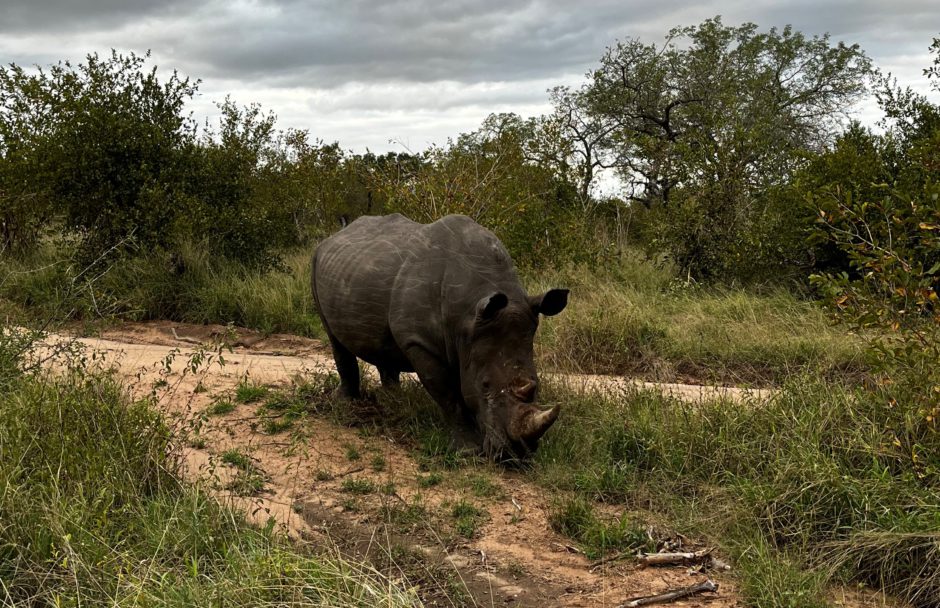
A male rhino putting on a show for us, Image Credit: Savannah St Claire
Leopard Land
The Sabi Sand is known to be leopard land. And as they say, sometimes you need to see to believe. We’re lucky to spot two leopards, Kuchava, a stunning female leopard, and her six-month-old cub! I feel entranced watching them dart playfully in and out of the long grass, leaping and bounding.
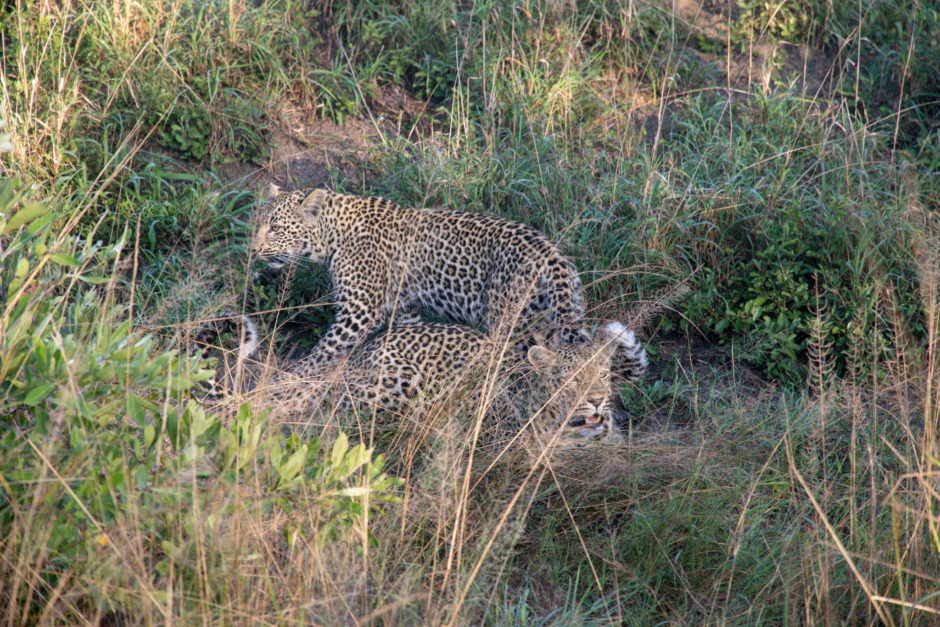
Kuchava playing in the grass with her cub, Image Credit: Michelle Welvering
Like nearly any safari-goer, big cats are at the top of my list. To say Chitwa Chitwa delivers on sightings would be the understatement of the year! Daniel allows us a perfect up-close view of Blondie and Mohawk while these two Northern Avoca brothers enjoy their afternoon siesta.
Suddenly startled, Mohawk raises his head, hearing something only fine-tuned ears would be able to detect. He rises and calls, and Blondie follows his lead. I can feel the rolling waves of pure power leave their maws. The vibrations shake the entire vehicle. I can feel tears forming in my eyes. Never in my wildest dreams could I have imagined a sensory experience so spectacular.
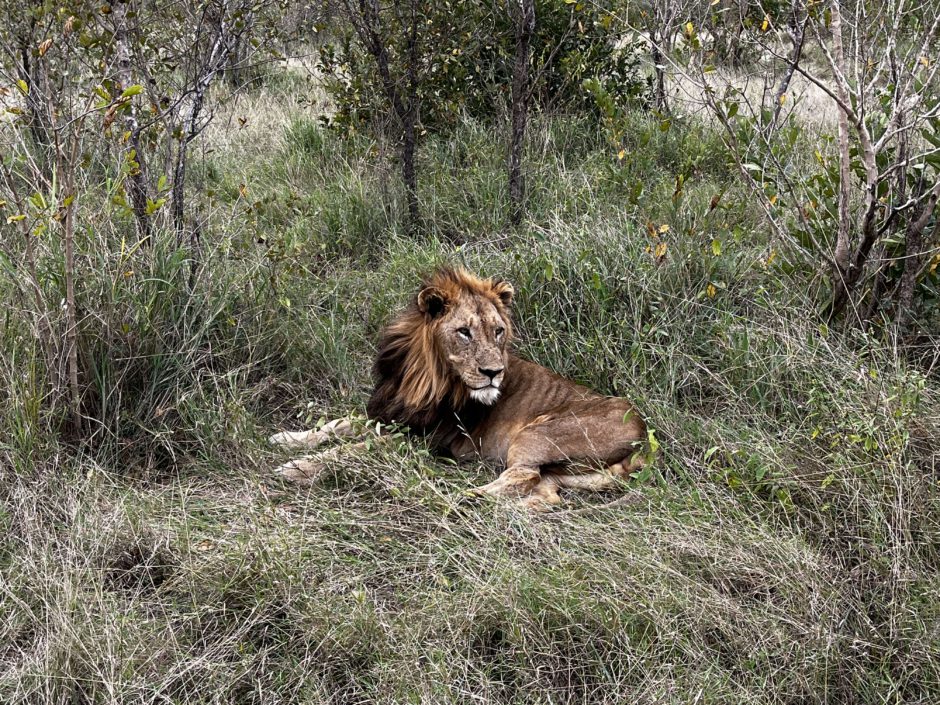
Blondie resting, Image Credit: Savannah St Claire
An Experience to be Had at Chitwa Chitwa Safari Lodge
People can try to explain what a luxury African safari is like to you. However, without experiencing it for yourself, you will never truly understand.
It’s incredible how different the sensory experience of an African safari is. The sights, the smells, the taste – and the crunch of a few bugs – it’s all something everyone should get to experience in their lifetime.
My first safari experience was something I can confidently say I will never forget. Chitwa Chitwa Game Lodge treated us to some truly spectacular sightings. Our luxury safari was unlike anything I had experienced before in my life. I only wish that I had done it sooner!
Book Your First Safari with The World’s Best
If you’re interested in planning your first safari, look no further than our team of Travel Experts. As the World’s Leading Safari Company, we’ll bring your African dream to life!


